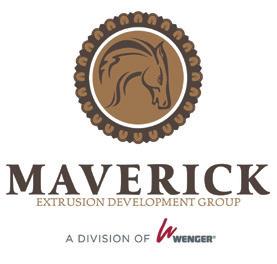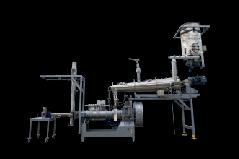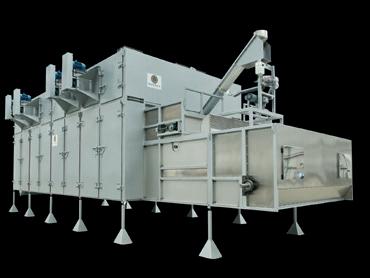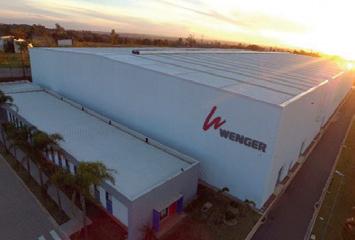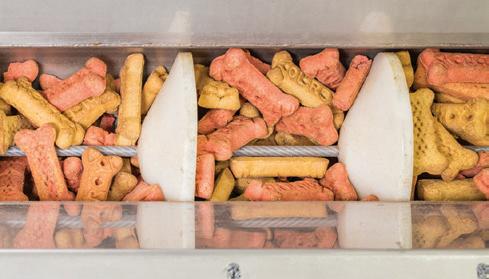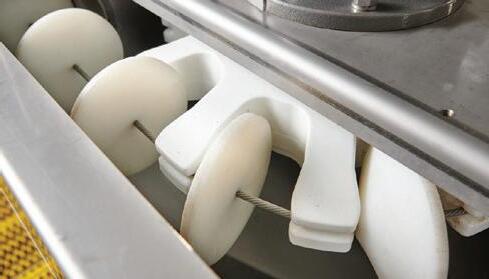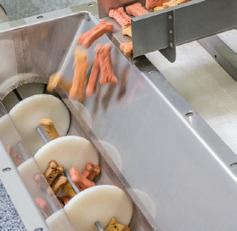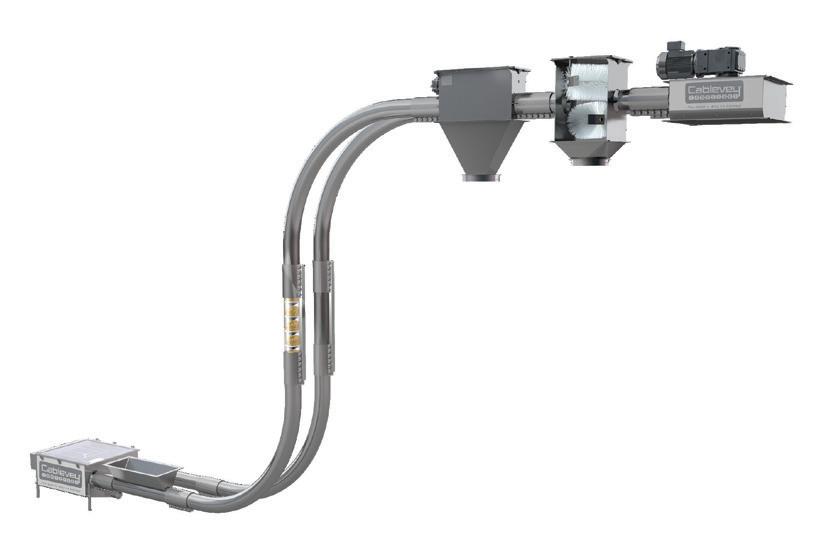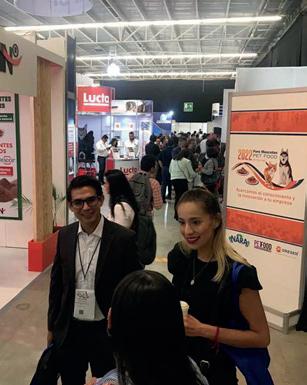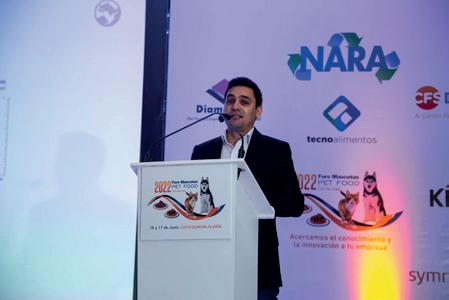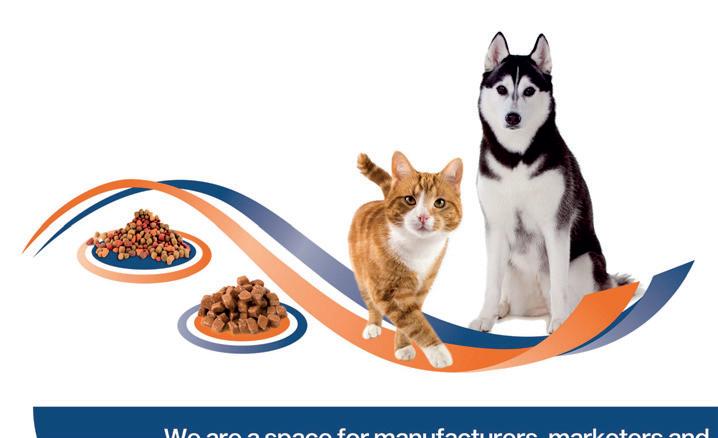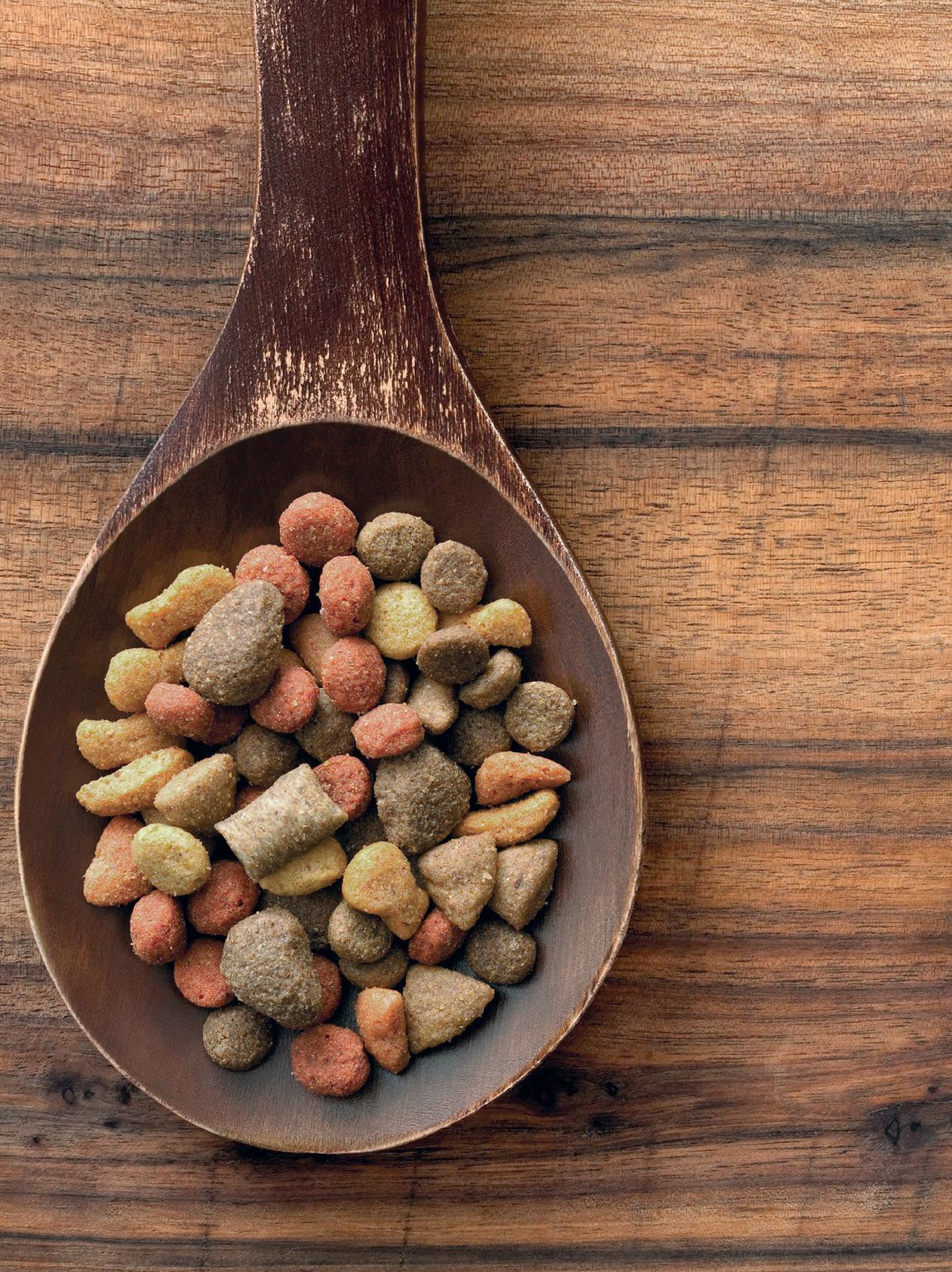WHAT ARE THE BASES FOR THE MARKETING OF MY PET FOOD?

PET POPULATION AND PROSPECTS FOR THE PET FOOD MARKET OF THE REGION
THE INTERVIEW: JUAN BECHER, General Manager at Symrise Pet Food, Mexico
September 27, 28

WHAT ARE THE BASES FOR THE MARKETING OF MY PET FOOD?

PET POPULATION AND PROSPECTS FOR THE PET FOOD MARKET OF THE REGION
THE INTERVIEW: JUAN BECHER, General Manager at Symrise Pet Food, Mexico
September 27, 28
www.cipeu.es
More than an event, a meeting point
Zaragoza Congress Palace
Zaragoza | Spain
All Pet Food
Alvear 44, Chacabuco
Provincia Buenos Aires–Argentina Info@allpetfood.net
Managing Director
Pablo Porcel de Peralta pablo.porcel@allpetfood.net
M. +54 9 2364-537698
Sales Manager
Iván Marquetti ivan.marquetti@allpetfood.net
M. +54 9 2352 501730
Director’s Assistant
Victorina Manes victorina.manes@allpetfood.net
Editorial Team
Maria Candelaria Carbajo
Victorina Manes
Ludmila Barbi Trindade
Erika Stasieniuk
Armando Enriquez de la Fuente Blanquet
Fernando Raizer
Juan Manuel Peralta
Design & Layout Manager
Laureano Cane
Juliana Di Palma
Software Development
Matías Basile
Matías Schettino
Our Community Web: www.allextruded.com
Linkedin. https://bit.ly/36SK5MT
Facebook https://bit.ly/3kGFJk5
Twitter: https://bit.ly/3ByDbdY
Youtube: https://bit.ly/3izL0Hn
Instagram: https://bit.ly/3lUV6Z7
Welcome to the April issue of All Pet Food Magazine, which will be dealing as usual on different topics related to the pet food industry, but in particular focusing on Marketing & Markets.
But before going into these topics, we´d like to tell you this new issue will be distributed in two of the most important Industry events in the Latin American region, such as FENAGRA 2023 in Brazil and Foro de Mascotas, to be held as usual in Guadalajara, Mexico.

During March, All Pet Food has been very active, being part of two important Expos in Europe and in The United States. In Europe we were present at Iberzoo 2023, held in Madrid, Spain and we took the opportunity to hold a press conference before the Spanish media and introduce CIPEU 2023, our European Pet Food Industry Congress, to be held on the September 27th and 28th at the Palacio de Convenciones de Zaragoza Spain, in alliance with Feria Zaragoza
At the same time part of the team was present at the Global Pet Expo 2023 which took place in Orlando Florida, with the presence of more than 1000 companies from the pet care sector, where the main producers in the country, companies of nutrition, as well as research institutes attended the show.
Going into our new issue, it´ll be very enriching for our readers since it provides a lot of information about the different markets. Iván Franco, Director of the TripleThree International Market Consultancy, provides us with an exhaustive report on the pet population and the challenge for the region, emphasizing the markets of Chile and Mexico, two of the markets that have grown the most in the last year.
Ingredients and additives continue to be a hot topic worldwide, hence JRS company offers a real interesting feature about Multiple benefits with functional fibers for pet Food. Functional fiber products are experiencing continued growth across the globe, and the nutritional and technical benefits of specific fiber ingredients are achieving great attention in our industry.
Claims Intended for health is also an issue to be taken into account by pet food manufacturers, which have been looking for new alternatives. APC brings us a feature in innovation …. Spray-dried plasma in dry Kibbles. Spray-dried plasma is generally considered a “clean label” ingredient and therefore may appeal to consumers looking for natural pet foods, especially those high-protein food.
We don´t want to conclude without inviting you to read the interview with Juan Becher, General Manager of Symrise Pet Food in Mexico, who tells us about the new plant the company is building in the country, as well as the company’s contribution to the industry, the sustainability and future of the regional pet food market.
These topics, added to those of bagging, sustainable packaging, clean labels and others, are added to the list of features you´ll find in this issue, as well as a couple of new sections: All Pet Food News and Companies with History.
Greetings on behalf of the whole All Pet Food Team and we hope to find you at the different events worldwide!
For almost a century, Wenger has delivered extrusionbased innovations to our partners. We’ve worked alongside you to develop new processing solutions and better products, providing our industry-leading expertise and ongoing support every step of the way.
We don’t plan on stopping any time soon.
Wenger’s global food processing family is growing, and we look forward to the exciting opportunities that lie ahead. We will continue to deliver even more innovations and technologies to benefit companies that share our vision of tomorrow.

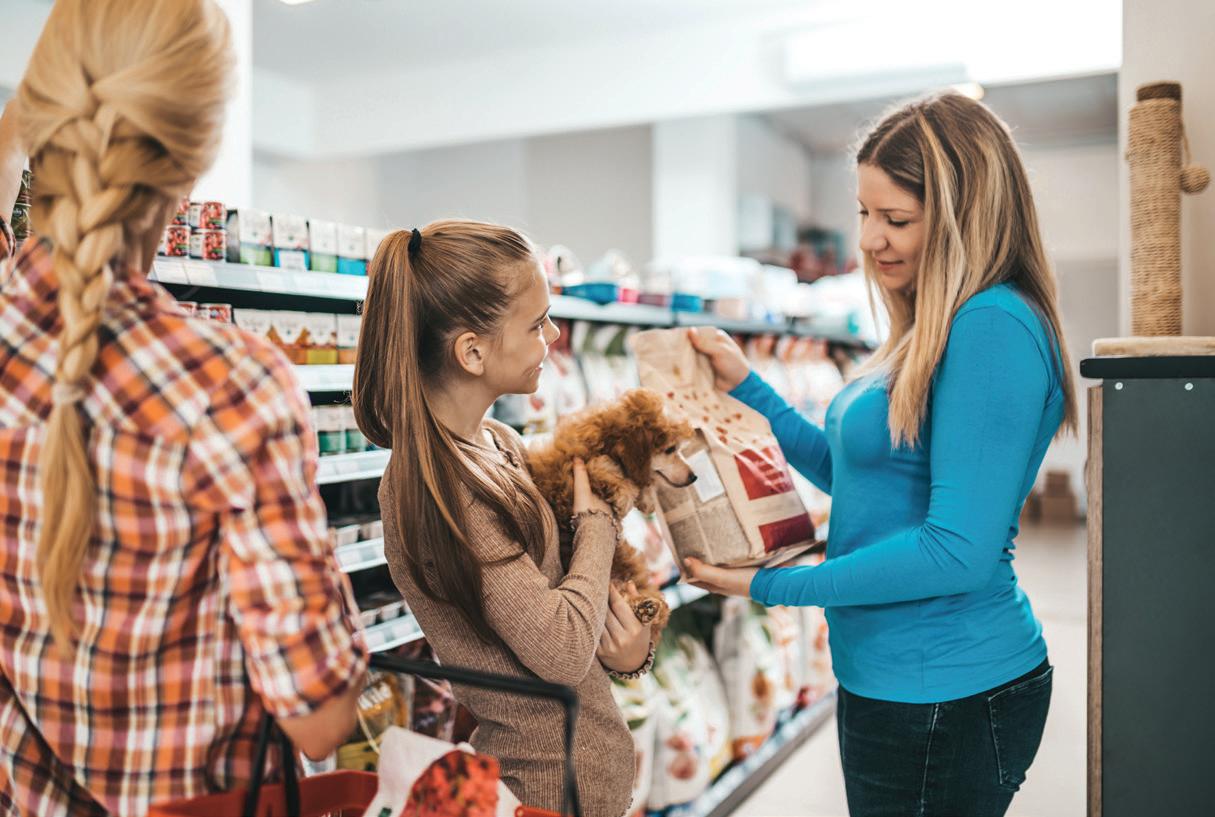 By All Pet Food
By All Pet Food
Understanding humanization is crucial to understanding where the pet food industry market goes. However, what is important about this term is not its meaning but its impact on the market to understand how it affects manufacturers and businesses and, of course, visualize the path it will take in the upcoming years.
Although the global pet food market has a few large corporations as dominants, we can currently identify a booing movement. Smaller market players are gaining more relevance and introducing new concepts, products, business models, and perspectives. And, even though a large part of consumers chooses them more and more, the truth
is that they are also the ones who face the greatest logistical and financial challenges due, precisely, to their size.
Since humanization began to enter the human and pet food industry, a wide variety of products have emerged, generated precisely from consumer conditions, such as gluten-free or vegan dog food. Pet owners, influenced by this humanization trend, have been discovering new possibilities to satisfy their pet needs. This indicates a paradigm shift: it is not only scientists who identify pet needs, but also consumers
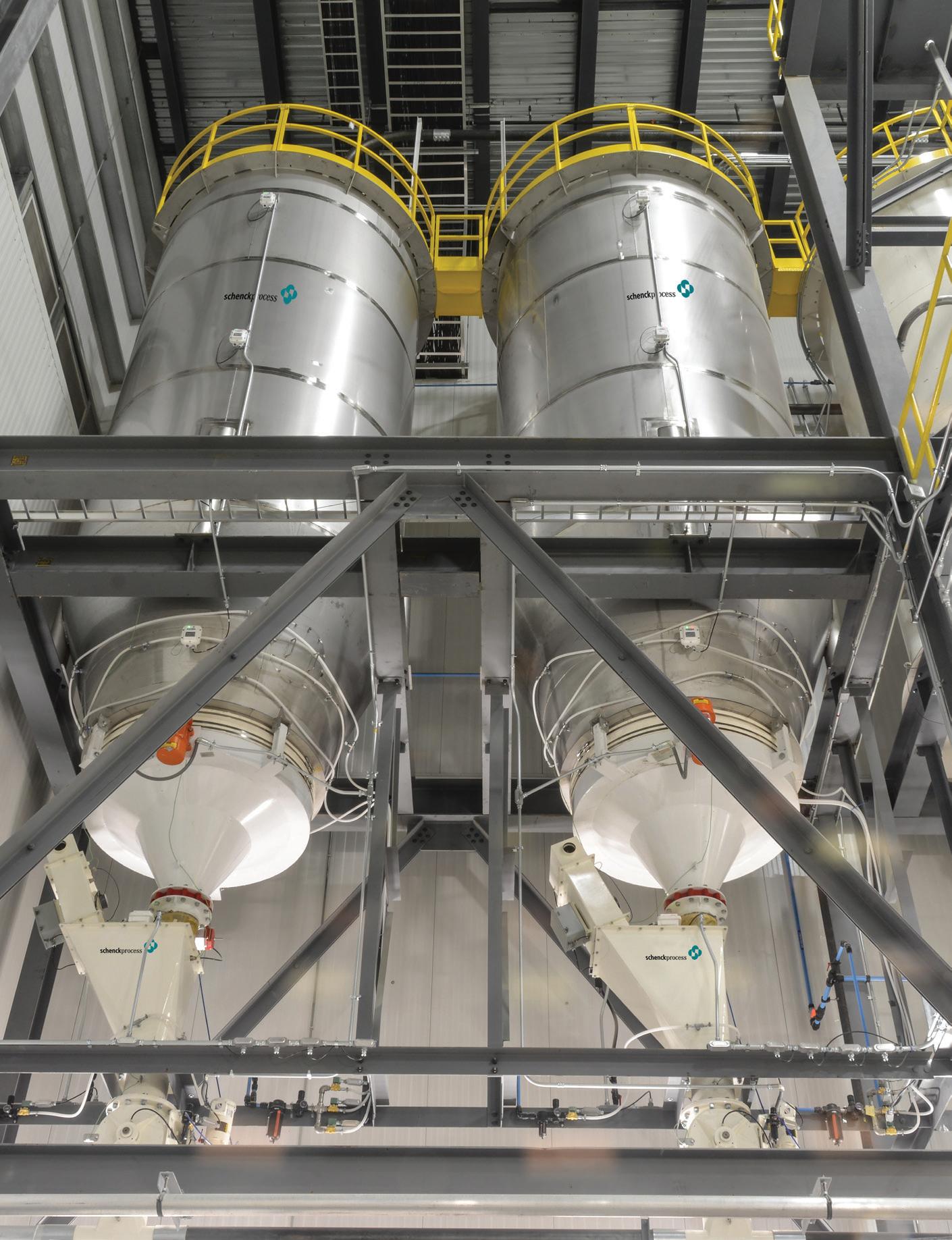


encouraged to seek non-standardized options to offer their four-legged friends exactly what they need to improve their quality of life.
Productively speaking, humanization has made producers, at a local level, develop products oriented to newer trends to satisfy these consumer needs, due to the speed with which emerging ventures can come to market.
It is not only scientists who identify pet needs, but also consumers encouraged to seek non-standardized options to offer their four-legged friends exactly what they need to improve their quality of life.
However, beyond all these benefits we’ve listed, this trend doesn’t necessarily mean more pet food sales. It does mean more specialization and complete need satisfaction. So, probably, the change in sales volume in Latin America, for example, will not be due to humanization but to other market factors, such as prices.
As more niche markets emerge due to this trend (and others, as well), new opportunities are mostly taken by emerging companies. Several startups are already taking advantage of humanization trends to develop new products in Brazil, Argentina, Chile, and Mexico, for example.
The introduction of natural antioxidants, vegetables, alternative grains, tubers, and other natural ingredients debates whether it corresponds with the improvement in ingredient quality or with the experimental formulation of such startups.
The essential variable for forecasting future humanization trends is human demographic dynamics. Countries with a broad base of young consumers, such as Latin American ones, will likely shape the future of the pet food industry. Changes in this region will translate into products that meet the needs and demands of these consumers.
Today, consumers identify the size of a brand by its features, not its revenue. NielsenIQ conducted a survey that found that almost 60% of consumers prefer a brand because of its size, whether it is smaller or larger. But how does a consumer define the size of a brand? Apparently, they associate terms like local and independent for small brands and very popular or globally recognized for big ones. The most striking thing about this survey, however, refers to finance: it seems that the income, or what is related to it, does not have any influence on the segmentation of “big” or “small” brands, which allows us to glimpse that pet food choices are practically emotional and entirely subjective.
Unfailingly, this information allows us to see a great opportunity for small and medium-sized brands, that can deepen into the ideas that represent them as different, innovative, and local environments responsible for increasing their loyalty and place in the market.
When choosing which brand to buy, currently, the consumers who participated in the interview stated that they pay attention to:
Price
Brand values
Reputation
Brand identification
Smaller market players are gaining more relevance and introducing new concepts, products, business models, and perspectives.
Business culture: key values to keep growing
According to Kristen Ireland and Erin Mies of People Spark Consulting, companies in the sector can implement a 3-step guide to analyze and implement improvements to grow and stay in an increasingly changing market:
Knowing what the weak points arising from current practices
Clearly defining what you want to build and reinforce it with daily choices
Knowing the route ahead and correct course when necessary with clarity and efficiency
Business culture is the set of characteristic behaviors and beliefs, and values are the connection point between that culture and the behavior that, in turn, is what achieves identification with consumers.
Conclusion
The market is changing, progressively but radically, as consumers who come and join the pet food market for pet acquisition want, seek, and demand completely innovative products. It is in our hands to continue working to shape the market according to the needs of those who trust us to feed their most loved friends.
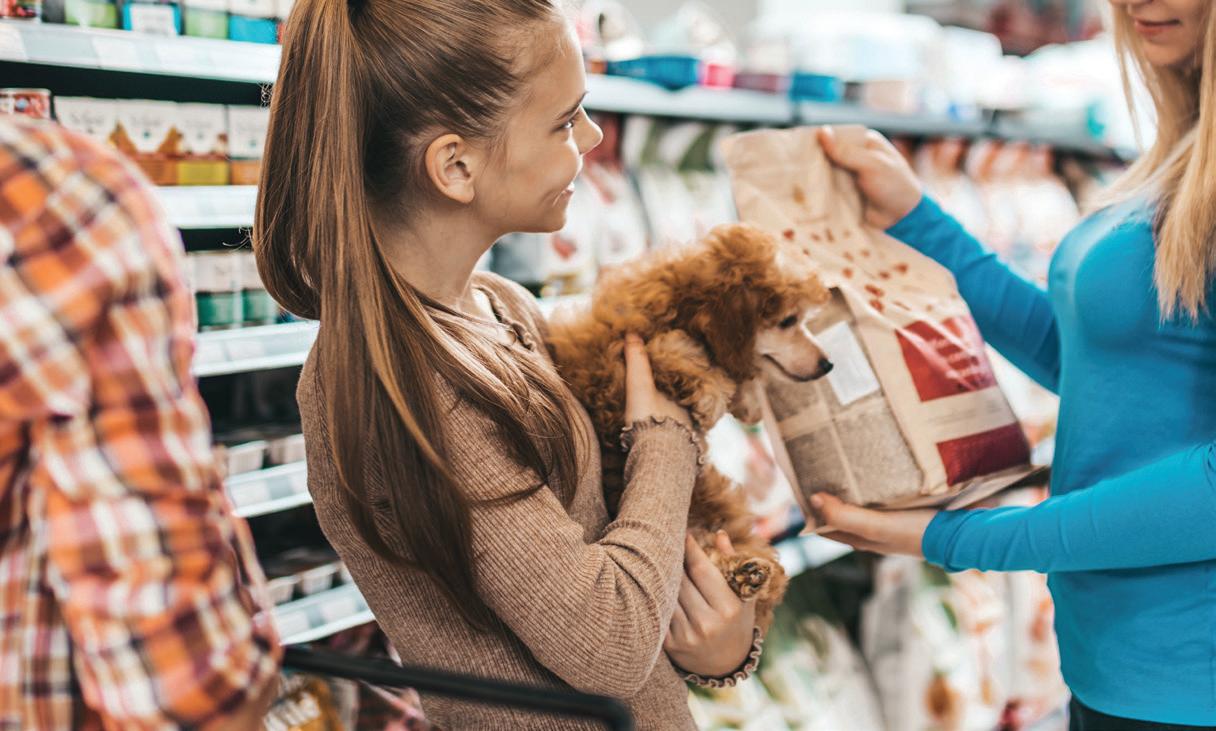
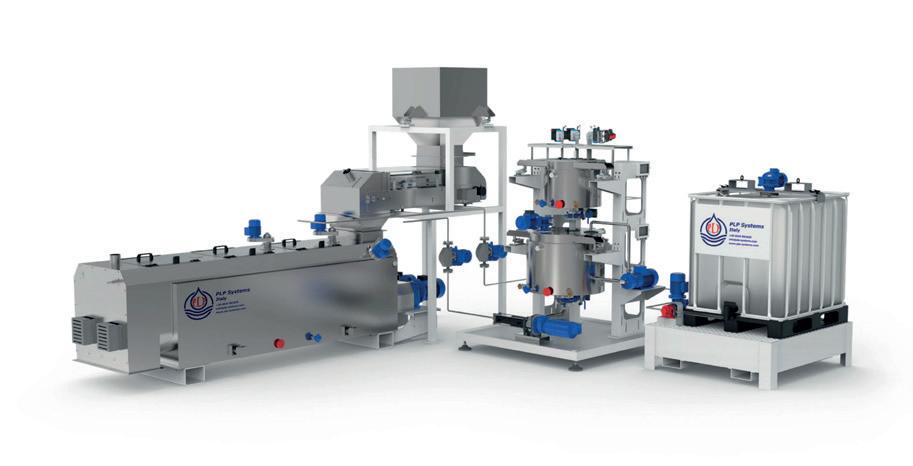
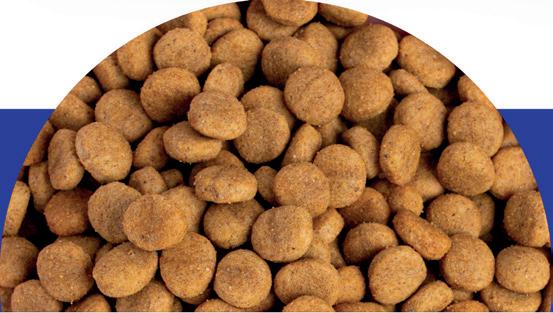

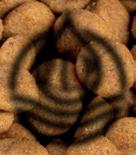


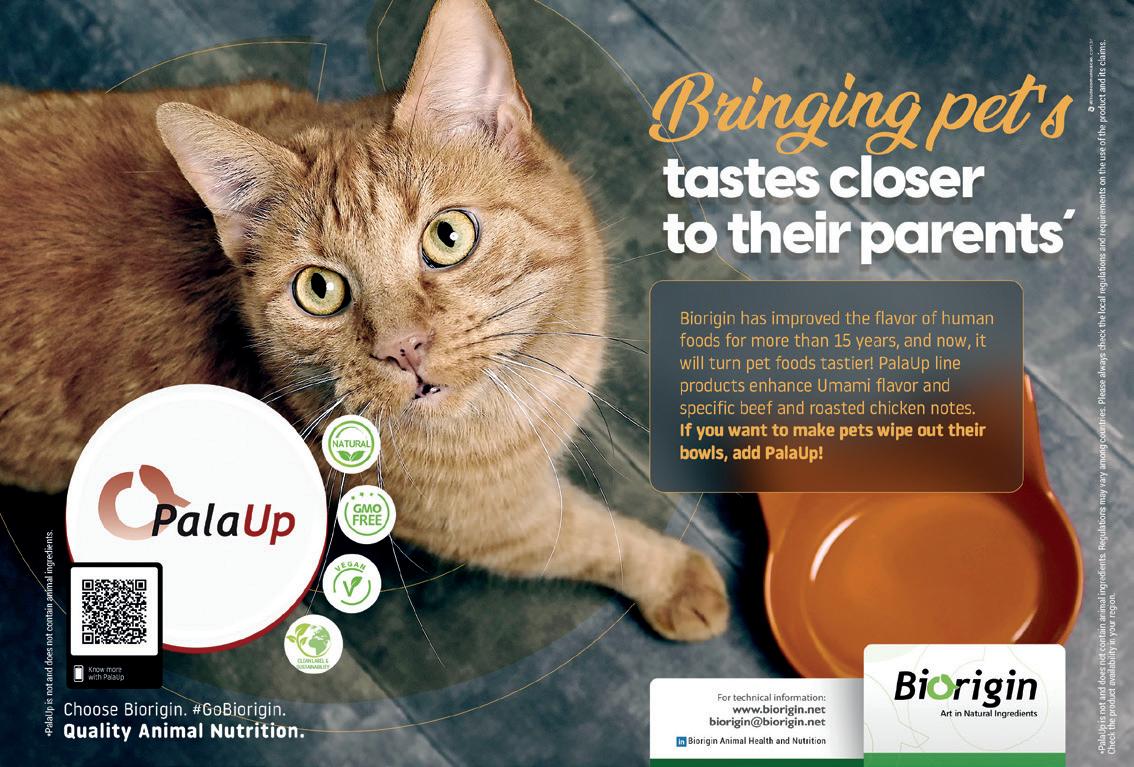
E-commerce directly impacts pet food packaging and strategies. Since the beginning of the pandemic, the increase in online pet food purchases has added new challenges to what was already one in itself: adapting packaging to new trends, demands, and consumer needs.
Today, this skyrocketing increase in online pet-related purchases continues to change significant aspects of manufacturers’ operations.
The COVID-19 pandemic produced significant changes in the way people buy goods and services, and this was no exception for the pet food category. This, little by little, has made producers and manufacturers in the industry begin to recalculate and reflect on what will be the most effective way to move pet food and snacks that are purchased online today, both from a strategic and technical point of view.
The requirements for packaging for online e-commerce can be very different from those of traditional channels because, logically, they are exposed to different situations, contexts, environments, and companies that intervene from the time of their production until their arrival at the home of final consumers.
Good packaging must provide, above all other characteristics, sufficient quality to safeguard product quality and maintain its freshness. For this, it must be solid and, ideally, sustainable. With a new consumer pathway
growing in this way, there is no doubt that packaging must be designed for its rigors and challenges, offering resistance to punctures and scratches but, at the same time, not diminishing its functionality. Finally, the exterior design must provide clear nutritional information and clean labels
The supply chain is getting tighter, and this results in an increase in raw materials. That aspect, together with the general crisis of the cost of living, means that the group of consumers willing to pay more for premium food has reduced considerably. Therefore, manufacturers must focus on creating packaging that looks and feels premium on the shelf and even at home, and that is produced ethically as quickly and cheaply as possible.
Manufacturers must focus on creating packaging that looks and feels premium on the shelf and even at home, and that is produced ethically as quickly and cheaply as possible.
Part of this economic production has to do with creating packaging that optimizes its mobilization to the maximum, getting it to fit perfectly in the boxes or pallets in which it is transported.
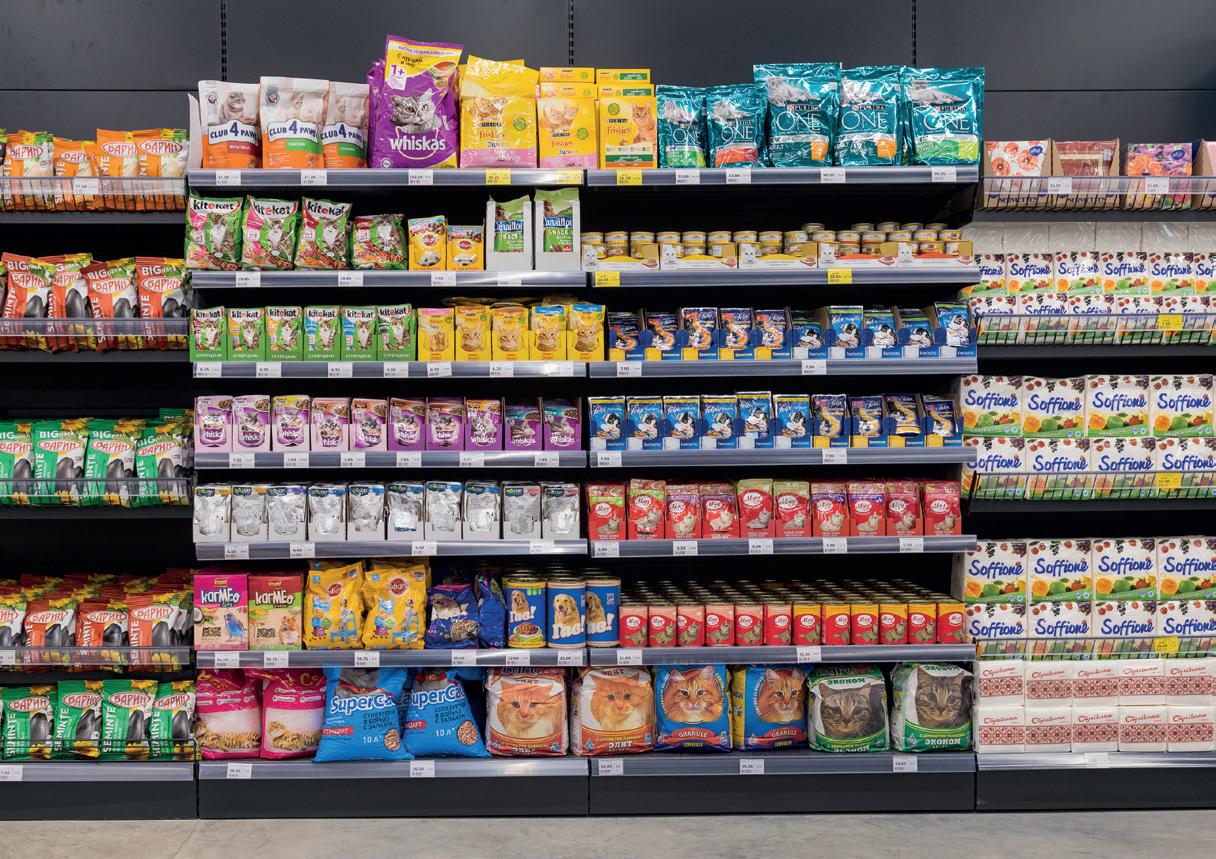
Production planning is one of the biggest challenges in meeting today›s e-commerce demands (because it›s constantly changing). Traditionally, major brand manufacturers have gained operating cost efficiencies from the use of large production lines. But now, since changeover equals downtime, there is a need for process lines where operating recipe parameters can be changed quickly and accurately, and machines used must be able to meet that demand, designed for easy cleaning and to minimize cross-contamination. In addition, more and more automation is needed to achieve improved performance, with vision systems and robotics in packaging lines.
Beyond all these challenges, good packaging must not only meet the requirements that what it transports needs to arrive at its best quality but also tell the brand›s story, its own story, when it reaches the hands of its consumer
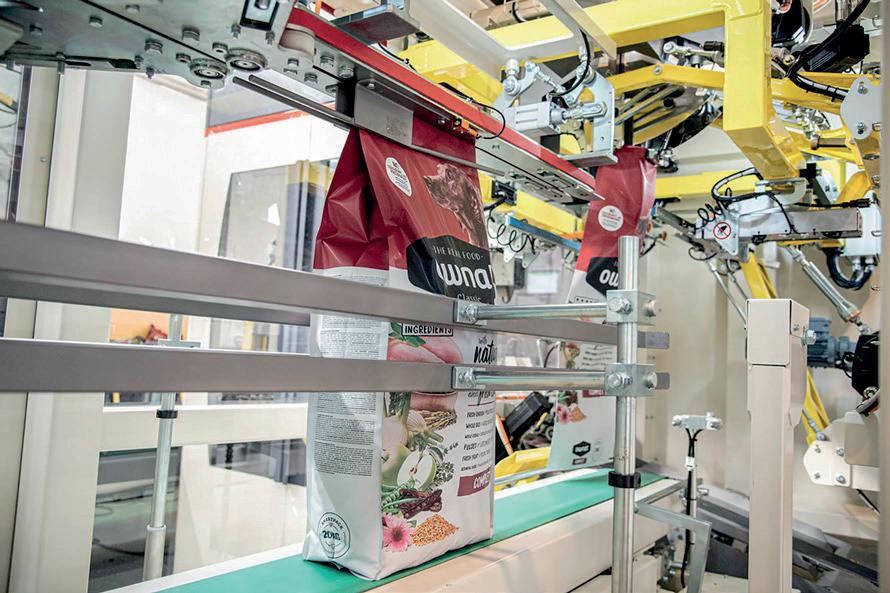
Direct-to-consumer pet food sales have increased, and many of today’s subscription services are geared toward pet owners with premium and super-premium leanings. Personalized food subscriptions, personalized packaging, and limitededition products are also on the rise. These models are very beneficial for brands, as they allow them to engage with their customers on an ongoing basis and stabilize revenue streams while helping to predict demand to better stock management.
Fresh pet foods require packaging that ensures flavor and freshness preservation and withstands environmental and climate challenges. Having the appropriate packaging structure with high-barrier properties that preserves food freshness and palatability is vital for this food format.
Another current trend is the reduction of larger pet food bags to reduce weight, thus facilitating mobility and shipping costs. This, on the other hand, reflects the trend of having smaller dogs and cats that eat less and don’t need as much food as bigger pets.
The influence of the changes brought about by online purchases puts pressure not only on manufacturers but also on research and development teams, which are constantly monitoring trends and new demands and needs.
Hand in hand with all these changes due to the rise of electronic commerce, we find ourselves with an increase in consumer expectations. The market demands greater volume and quality, especially for online purchases, and, obviously, without compromising prices. Undoubtedly, the rise of the online pet food trade has a great influence on the industry manufacturers’ operations.
A Holistic Approach to Pet Food Innovation
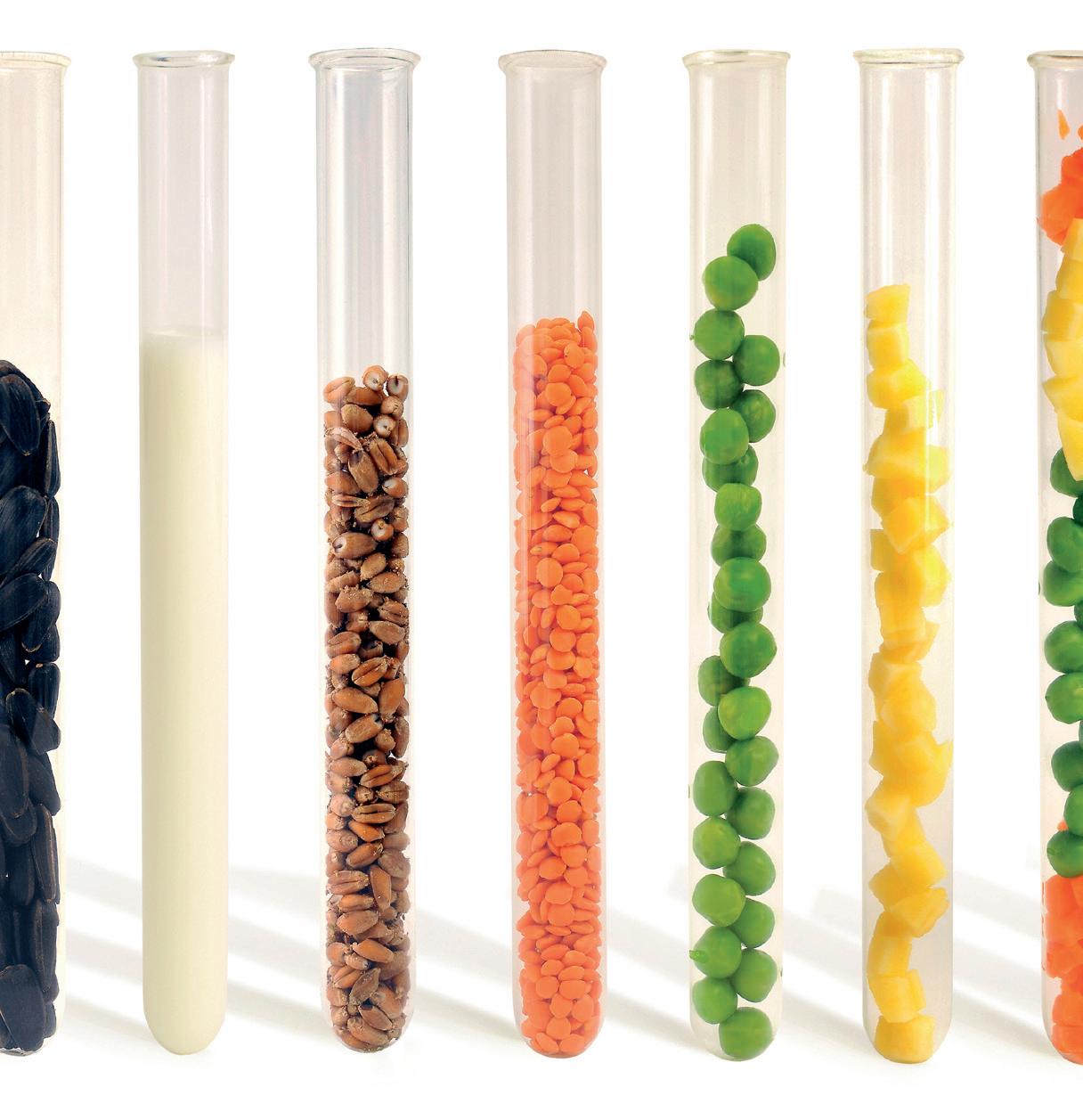 By Peter Graff | Head of Business Unit Petfood & Aquafeed, JRS
By Peter Graff | Head of Business Unit Petfood & Aquafeed, JRS
New product developments in pet foods with the use of functional fiber products are showing continuous growth across the globe, and the nutritional and technical benefits of specific fiber ingredients continue to gain more and more attention by the pet food industry. The better understanding about the functionalities of different fiber types are often key to successful product developments that go beyond traditional applications such as pure fiber enrichment in dry foods.
Texture and uniformity of pet foods are key quality attributes that are important to appeal both pet owners and their furry friends. Given the variable nature of pet food ingredients and the complexity of the manufacturing process, creating the right consistency can be a challenge for the manufacturer. From a functional standpoint a novel type of fiber based on long cellulose particles is gaining enormous traction in various types of “grain free” recipes with higher meat inclusion.
In extruded and baked applications the long and fibrillated fibers help to improve binding of ingredients and to add a particular firm texture in the final product. Thereby only small amounts of the fiber also prove to shorten drying time. Long cellulose fibers tend to keep the surface of the extruded product open and support moisture evaporation.
In wet pet foods the long and thin cellulose particle enhances texture in meat chunks and reduces syneresis because of the high water retention and emulsion capabilities of the fiber. During retorting the fiber network helps to maintain the shape of the chunk and prevents unpleasant cook-out effects into the gravy. Additional cost saving effects can be achieved through the replacement of more expensive binder sources when reformulating lower-cost pet foods with cellulose fiber.
In recent years there has been rapid growth with smaller pet food segments like raw/frozen foods and meal toppers. These product categories allow pet parents to put their own touch on mealtimes. However, unlike more traditional formats like dry and wet foods, the category of pre-prepared complete raw foods is still more a niche segment because handling and preparation time of frozen foods does not provide the same level of convenience as opening a bag or a tin. In frozen foods, for example, the issue of syneresis is still very common. This means if pet owners are defrosting such foods prior to feeding, the molded products start loosing their shape and most of the liquids like water and blood start to leak out which does not look attractive to the pet owner. To overcome such issues, cellulose gels that are designed for human food applications such as ice cream or beverages, are used today also in fresh and frozen foods. Existing frozen food lines were redesigned with these easy dispersible cellulose
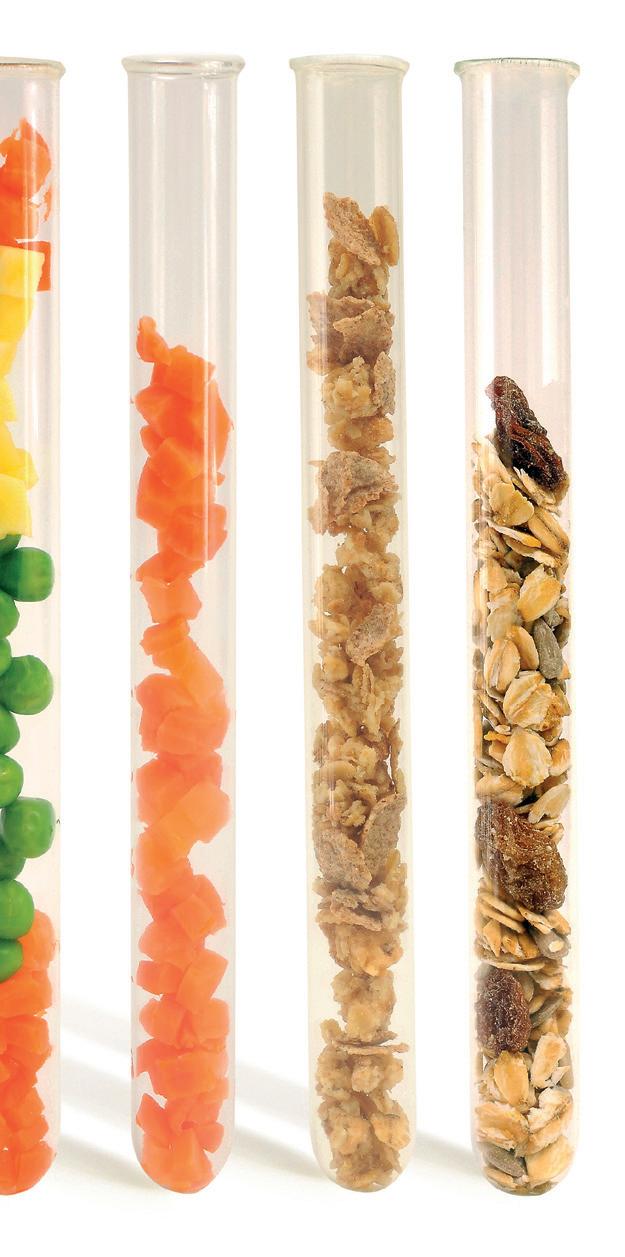
Given the variable nature of pet food ingredients and the complexity of the manufacturing process, creating the right consistency can be a challenge for the manufacturer.
gels to offer more convenience for pet owners. Cellulose gels are typically made by the process of copolymerization with Microcrystalline cellulose and other gums to create unique properties that are usually not found in conventional fiber gums. The fiber exhibits strong gel thickening behavior while having a good suspension ability, but also functions as emulsifier, fat and water binder.
Beyond fresh and frozen pet foods, the segment of toppings, gravies and mix-ins is another emerging product category where manufacturers and pet owners can benefit from the strong stabilizing system of a fiber gel. Special vet-broth formulas, for example, are today supplemented with fiber gels to create a strong viscous emulsion when the powdered blend is mixed with water to support pets that need additional hydration. The unique film forming properties of the fiber gel are also helping to preserve freshness of dry foods once the meal topper is served as a supplement by the pet owner. Because of the fat-like characteristics, cellulose gels are creating a more creamy texture of the final product that can increase appetite appeal for picky eaters.
Cat and dog food products are more sophisticated than ever and reflect many of the trends that are seen in food products for humans. Foods that come in different flavors, textures and shapes, claim to help maintain active lifestyles, and address specific health needs by the use of unique, marketable and functional ingredients. The downside of many nutritional and sometimes very costly ingredients is that they may potentially improve the quality of life for pets, but they are not visible to grab the attention of impulse buyers that are willing to spoil their pets with special treats and foods. So developing innovative marketing concepts with appealing ingredients is still a major challenge for the pet food industry.
Microbeads made from natural and biodegradable cellulose fiber ingredients are a new concept creating an exciting innovation platform for the pet food industry from which to launch more complete solutions in dental foods. Although initially developed as cleansing and polishing ingredients in all type of personal care products for humans, the fiber pearls are today used in pet food formulations that target the oral care claim. The cellulose microbeads are compressed by an intense mechanical process to create round shaped pearls with a size of up to 1mm. These co-processed fiber pearls resist impact by heat and moisture and survive even harsh manufacturing processes such extrusion, tableting or
retorting. This guarantees good visibility in the final product. Due to this unique characteristic the pet food industry is using these ingredients as abrasive agents for enhanced dental foods and to make oral care products looking more appealing to the consumers.
Existing frozen food lines were redesigned with these easy dispersible cellulose gels to offer more convenience for pet owners.

As pet owners increasingly look for clean label, sustainable and natural products finding the right fiber ingredient is more important than ever. More recently, plant-derived co-products of the human food chain became a ripe source of innovation for fiber ingredients. Fibers made of local sourced apples, for example, are becoming a preferred choice in a variety of pet foods and treats because of its unique composition of insoluble and soluble fibers, as well as pectin. Apple fiber is typically made of upcycled pomace procured from juicing companies. From a functional standpoint, the pectin content helps bind moisture and oil in pet foods and treats to enhance processability, moistness and final texture. In semimoist foods it may even replace chemical emulsifiers and moisture-binding agents. On top of it, this type of fiber delivers nutritional benefits due to prebiotic effects and provides also a positive sustainability story for brands.
Latest developments in the field of fiber ingredients provide plenty of new opportunities for innovation. As pet food product developers brainstorm the next big chewy dog treat or nutritionally complete cat food, they may want to consider some of the suggestions that offer ways to differentiate products and break into untapped areas in the pet food industry.

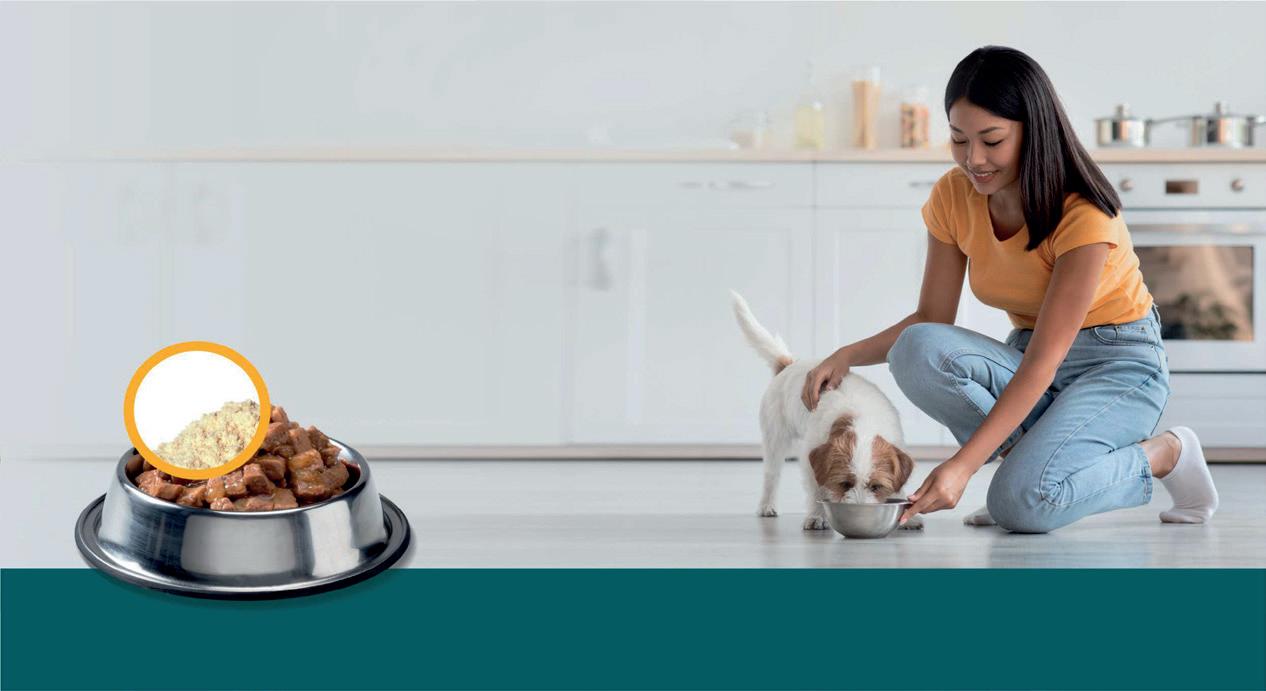
Recently, Mexico and Chile governments have carried out statistical exercises at the national level to update their estimates of the local population of dogs and cats. The results were amazing, as the previous consensus on the pet population of both countries fell well below the new official estimate.
According to these statistical exercises, in Mexico, there are around 60 million dogs and cats (2021), while in Chile, there are 12.5 million dogs and cats within families, and another 4 million which are homeless. These pet population figures represent 47% and 64% of their human population, respectively.
This information suggests that there seems to be a significant underestimation of the pet population in other countries in the region, which have not carried out this type of estimation exercise. Local consensus points to relatively conservative population figures.
The important point is that pet population underestimation entails costs for each country's pet food industry since medium-term demand planning is carried out with presumably incorrect information.
Even in Mexico and Chile, where there are more accurate estimates of the pet population at the national level, it is difficult to know the dynamics of these populations. The life expectancy of a dog is only 10-13 years, and that of a cat is 12-18 years. In this sense, cat and dog populations move more dynamically than human ones. For example, in just 5 years, the elderly or senior dog population could double in a certain country, and then fall. This way, a pet food manufacturer can see a sudden increase or drop in their products' sales without knowing if it is due to population reasons or another cause.
The industry generally relies on present demand to forecast future sales. However, this method ignores the dynamics and nature of the pet population. Hence we see the importance of having, at least, official national estimates of the total pet population.
With a presumably underestimated pet population, Latin America can easily become a formulation, ingredient, and format innovation hub. As the pet population suggests, there is plenty of room for further growth.
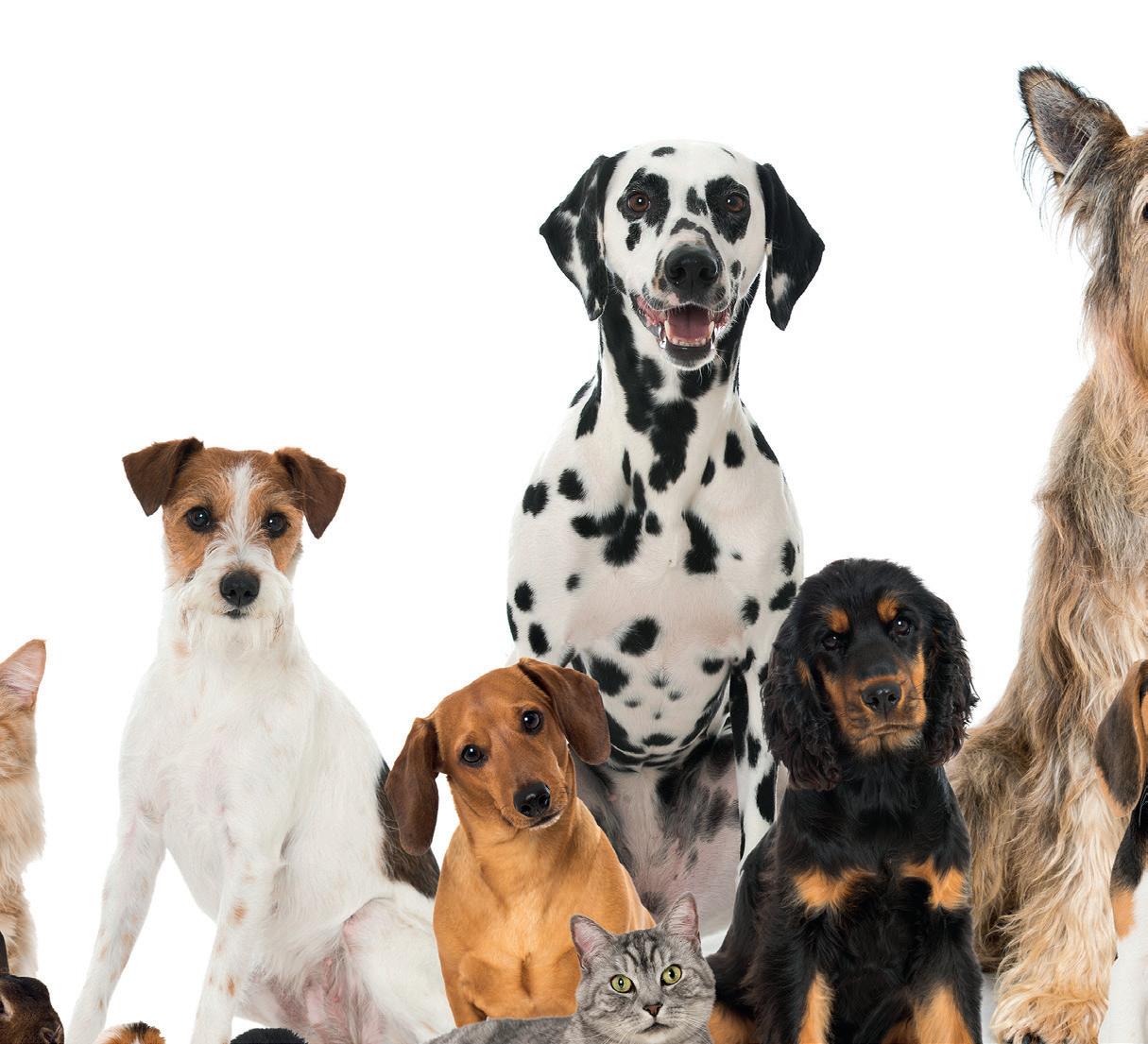
To estimate the pet population of a country, it is necessary to carry out a census or household survey that is statistically robust and representative of it. Due to the high cost this represents, only governments dare to finance them.
Triplethree collected local information in 20 countries, both from veterinary associations as well as from the press and specialized sources. The sum of the consensus in each country yields a total of just over 200 million dogs and cats in the year 2022 in this group of countries. However, with the recent information published in Mexico and Chile, and assuming that the other countries also underestimate their pet populations, the real number of dogs and cats in Latin America can easily exceed 300 million. And this number does not consider animals in street situations.
If the pet population is, indeed, being underestimated in the region, the prospects for the pet food market are also poor, not only in terms of the total population but also by age group. I reiterate that the cost of not having this information is substantial for local industries.
Even
One of the reasons that explain the sustained growth of the pet food industry in almost all the regional countries, despite inflation and income vulnerability, is the existence of abundant consumer markets. Millions of cats and dogs are not considered in companies' demand estimates, yet they may become new customers for the industry overnight.
Without a doubt, this is good news for the region's pet food industry. In this sense, the window of opportunity extends not only to selling more products but also to innovation through food portfolio diversification.
With a presumably underestimated pet population, Latin America can easily become a formulation, ingredient, and format innovation hub. As the pet population suggests, there is plenty of room for further growth.
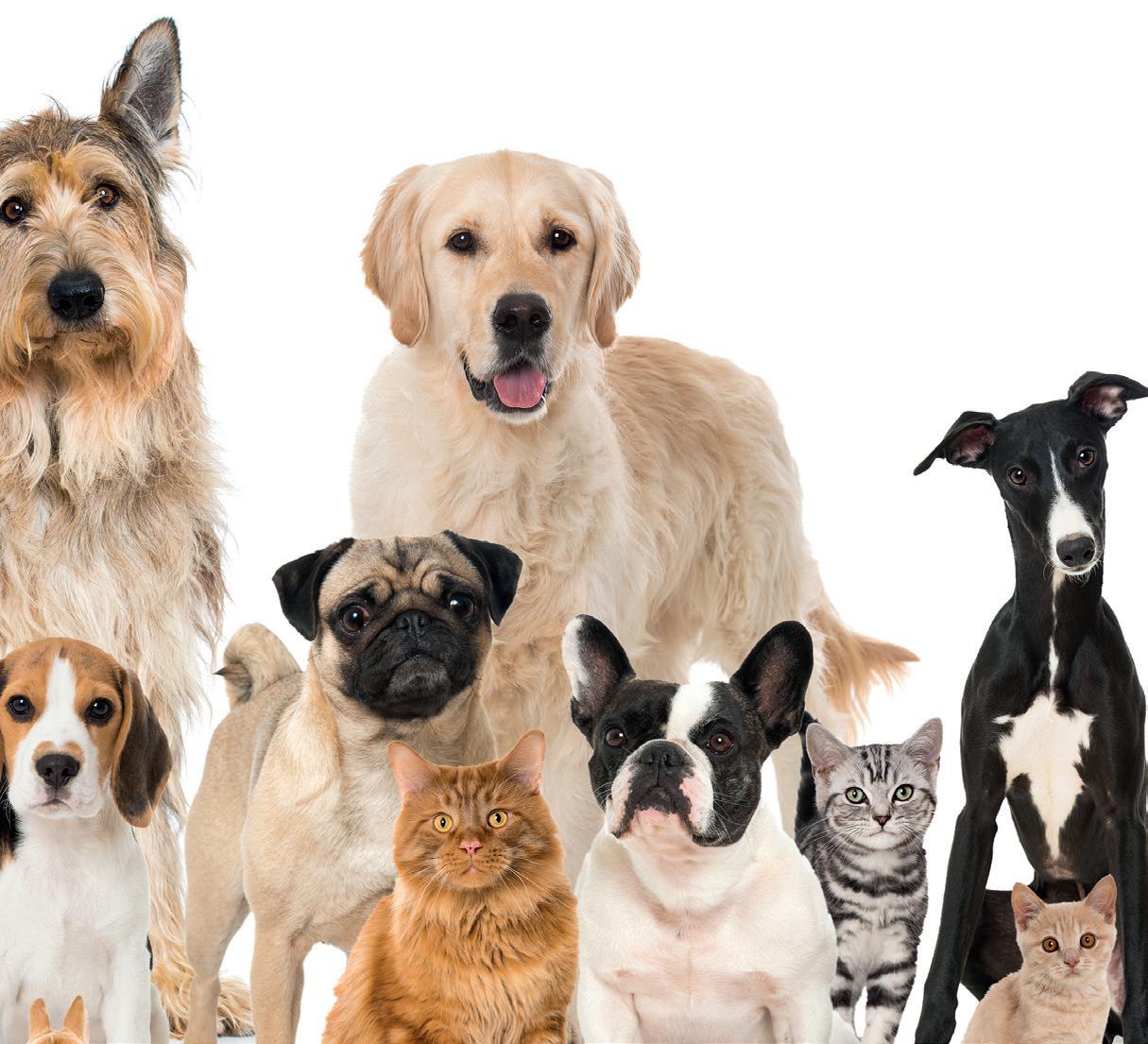
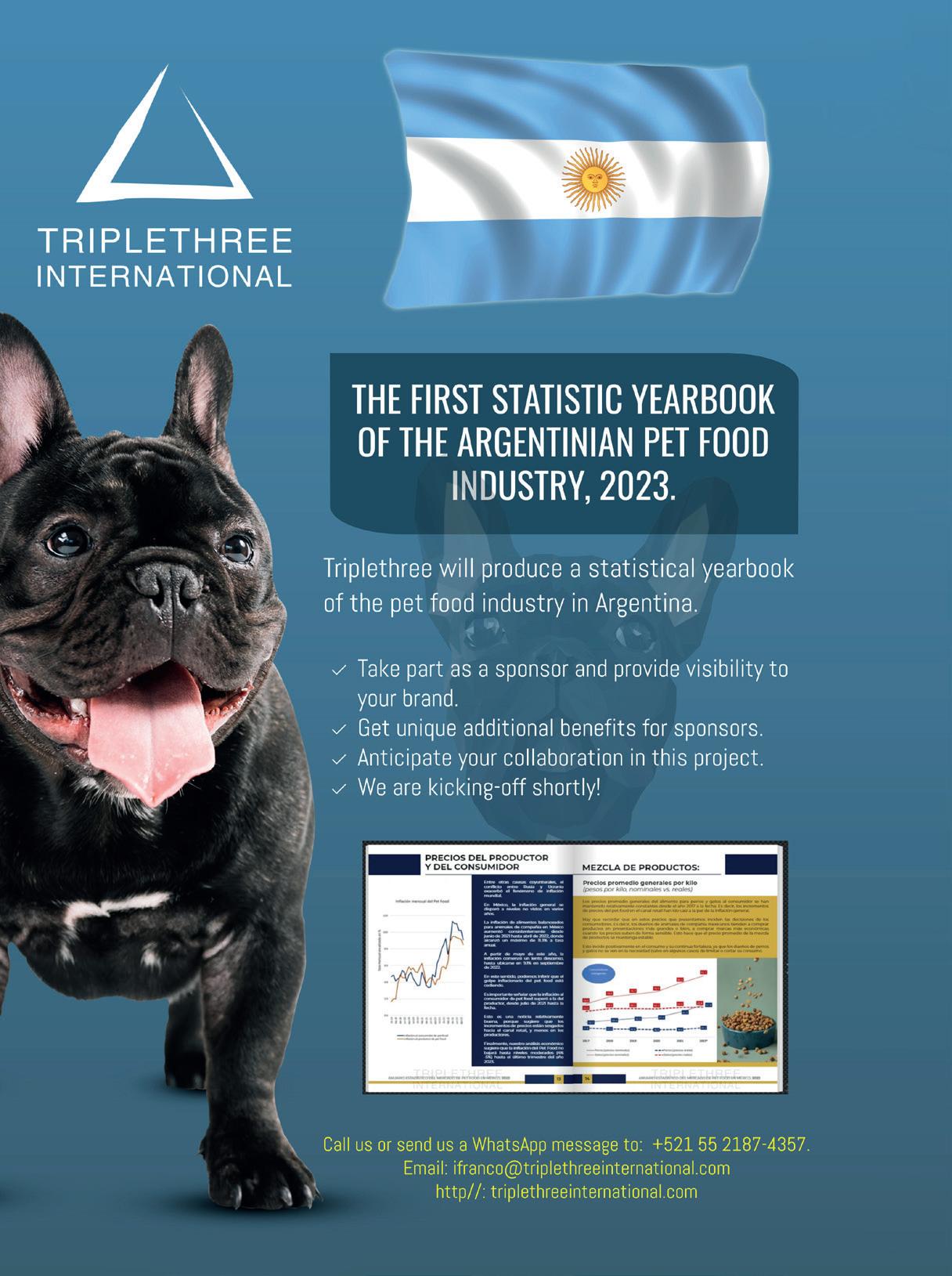
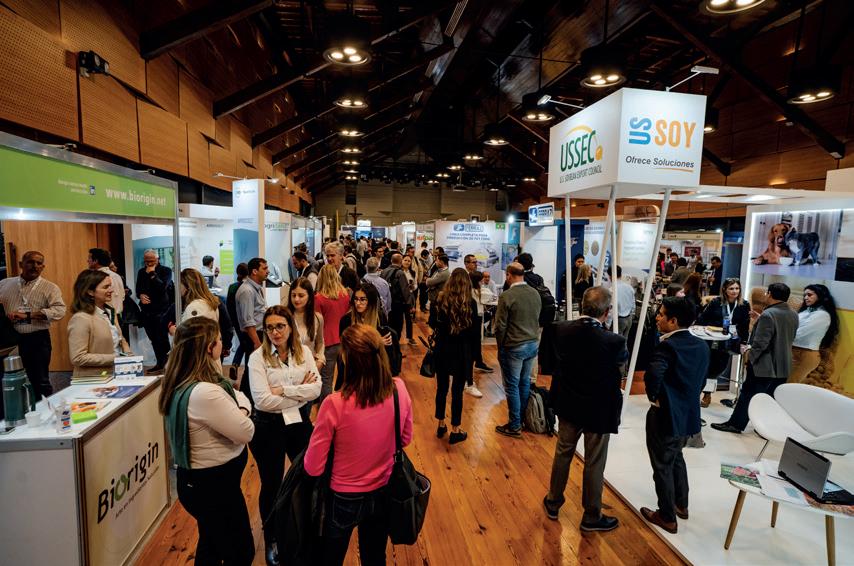


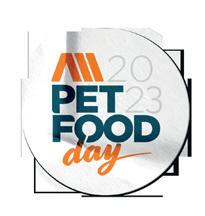

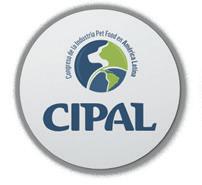
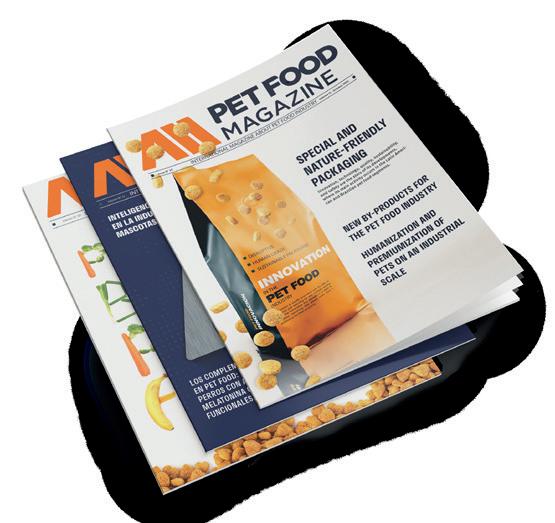
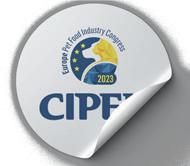
The new and increasingly established trend of clean labels in pet food is undoubtedly a challenge for manufacturers, not only in the design of their packaging but also in improving their products so that they are stable, nutritious, and safe with a limited range of ingredients.
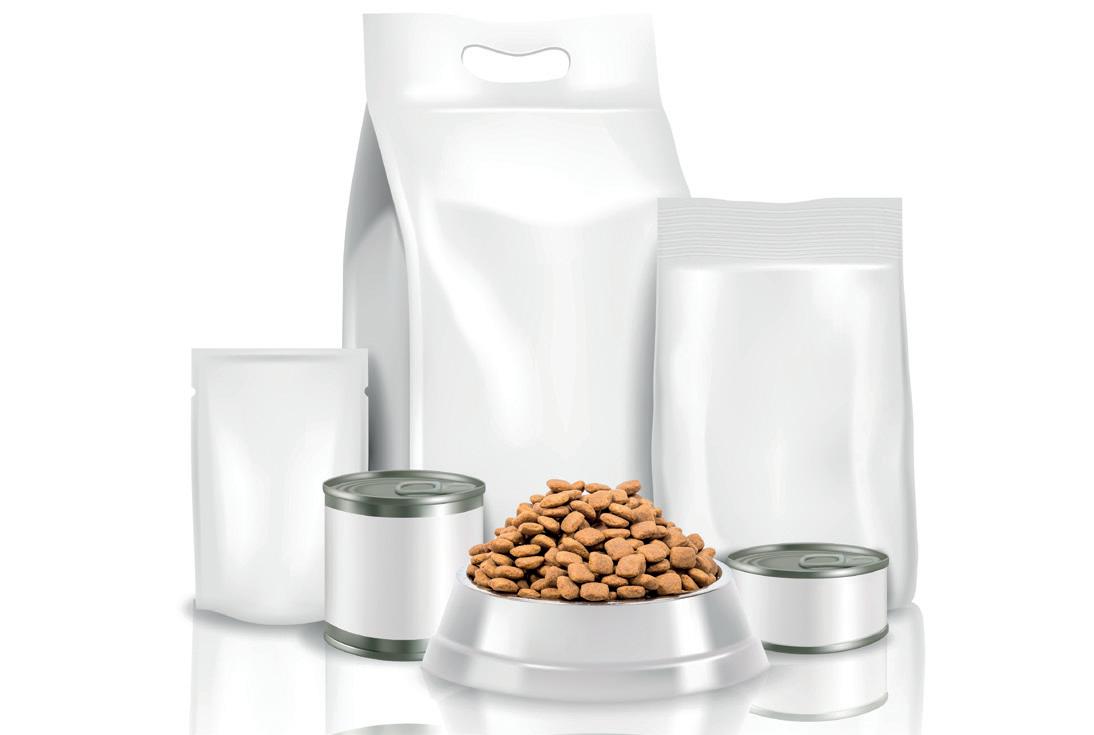
In recent years, consumers have become much more conscious about the care of their pets and, consequently, about the products they offer for their nutrition. The industry, then, has to ensure its products are of good quality and made with ingredients that people easily accept when reading the labels.
What are we talking about when we talk about clean labels?
When pet owners read, a few years ago, the ingredients on the pet food labels they chose, they used to find, for the most part, complex terms that made them lose confidence about the quality of said food for their pets. Today, with this trend, we are facing a slow and progressive change, which jeopardizes what has been sustained up to now and requires the industry to offer new alternatives. Thus,
the clean-label trend arises to calm people’s fear of harmful chemical equations, incomprehensible terms, and complex compositions.
One of the most significant challenges facing this trend is that there is no single perception of what cleanlabel food really is. While we all understand that it would be a transparent and easy-to-understand label, for some consumers it may mean short and simple recipes with few synthetic vitamins, preservatives, and other artificial ingredients. For others, it may be discovering a product made from 100% natural ingredients with no artificial preservatives, non-grain carbohydrate sources, non-GMO ingredients, natural colors and flavors, limited ingredient diets, by-product-free protein sources, vegan ingredients, or locally sourced, for example.
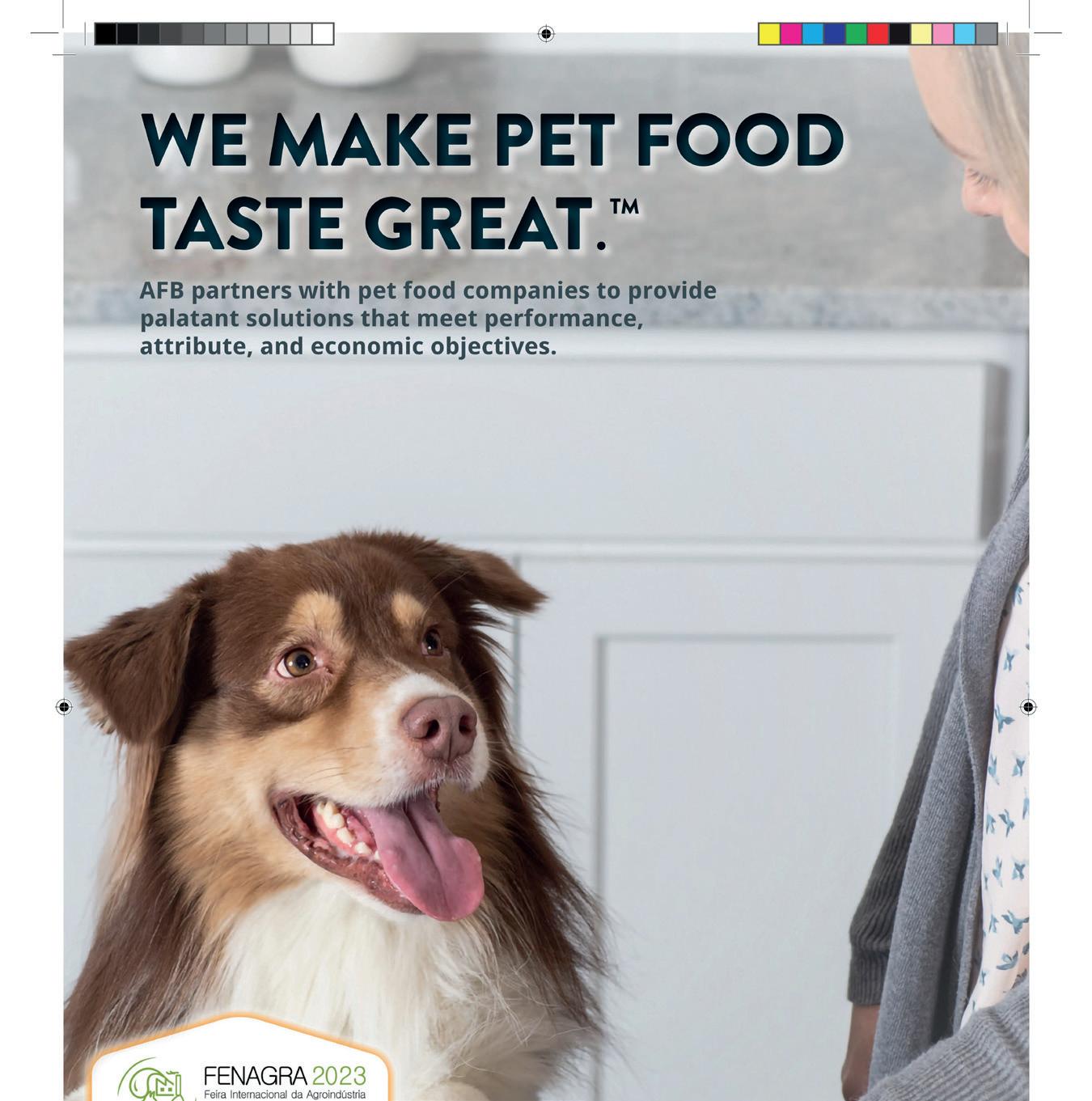

According to reports from the International Food Information Council (IFIC), almost 2 out of 3 participants believe ingredients influence their purchasing decisions.
Meanwhile, according to a BIS Research study, the global market for clean-label ingredients was valued at $19.77 billion in 2020, and it’s expected to reach $32.08 billion by 2026. With these predictions, it is clear that clean-label ingredients are the food industry’s alternative to the growing consumer demand for consumables without questionable ingredients.
The transparency of the ingredients and their description on the labels lies in openly sharing the sources of the substances used in food and the practices followed to obtain them. Today’s consumers know they have the right to know all the information they want about food ingredients.
The plain consequence of this market demand is a late increase in sales of organic products and a decrease in processed foods or foods with artificial additives. This, in turn, is reflected in “free from” style labels or stamps on product packaging that have had to be reformulated to come as close to natural as possible, avoiding adulterated or artificial ingredients as much as possible.
In this sense, new technologies and food science are playing a significant role in helping manufacturers innovate their solutions to go to market with more transparent products and labels.
Inevitably, to ensure clean label ingredients maintain and expand their reach, flavor, and product developers began paying more attention to nutritional profiles.
Some formulas will be easier to modify and adjust than others. Transforming a current product may require various adjustments and validation processes, since changing preservatives is not the same as eliminating, for example, a main source of protein or carbohydrates. In many cases, what begins as a small modification ends in a product requalification and almost a total redesign.
For other ingredient categories, such as colorants, the alternatives may be limited. However, we already find companies working on finding solutions to this challenge. Color additive suppliers are already developing natural alternatives to currently certified pigments, such as caramel colorants which, while perfectly compliant with the clean-label category, only achieve a certain level of darkness.
Another industry challenge is related to the vitamins, minerals, and other nutrients necessary for a complete and balanced pet diet. Most owners prefer ingredients they recognize and can pronounce, which is why the most difficult ingredients to tackle are vitamins and minerals, but the truth is that pets require them, as well as specific bioavailable fatty acids and amino acids for a complete and healthy diet. In this regard, the AAFCO requires that supplemental vitamins and
minerals are included in the packages with the approved names, and although some may be difficult to recognize, perhaps the best option, in this case, is to educate people on their importance.
On the other hand, we can mention the difficulty that arises when it comes to achieving a clean label on wet foods since these usually contain guar, cassia, or xanthan hydrocolloids, carrageenan, or carob, profitable alternatives to achieve the proper viscosity in these foods. However, with the increase in demand for natural and recognizable ingredients in packaging, more and more manufacturers are looking to replace these gums with clean-label ingredients, such as rice starch.
Reformulating a pet food product to meet clean-label criteria can take considerable time to have it validated and ready for launching to the market. New ingredient qualification, establishing long-term viable material supply chains, and quality control validation of the final product design are some of the critical steps that affect the redesign process.
The positive thing about this request for ingredients that satisfy the demanding preferences of new pet owners is that it has allowed industry suppliers to innovate and work to offer healthier and more transparent solutions.
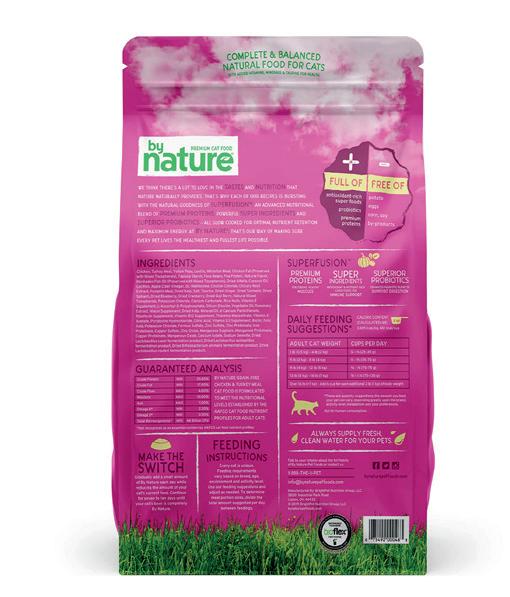
One of the most significant challenges facing this trend is that there is no single perception of what clean-label food really is.
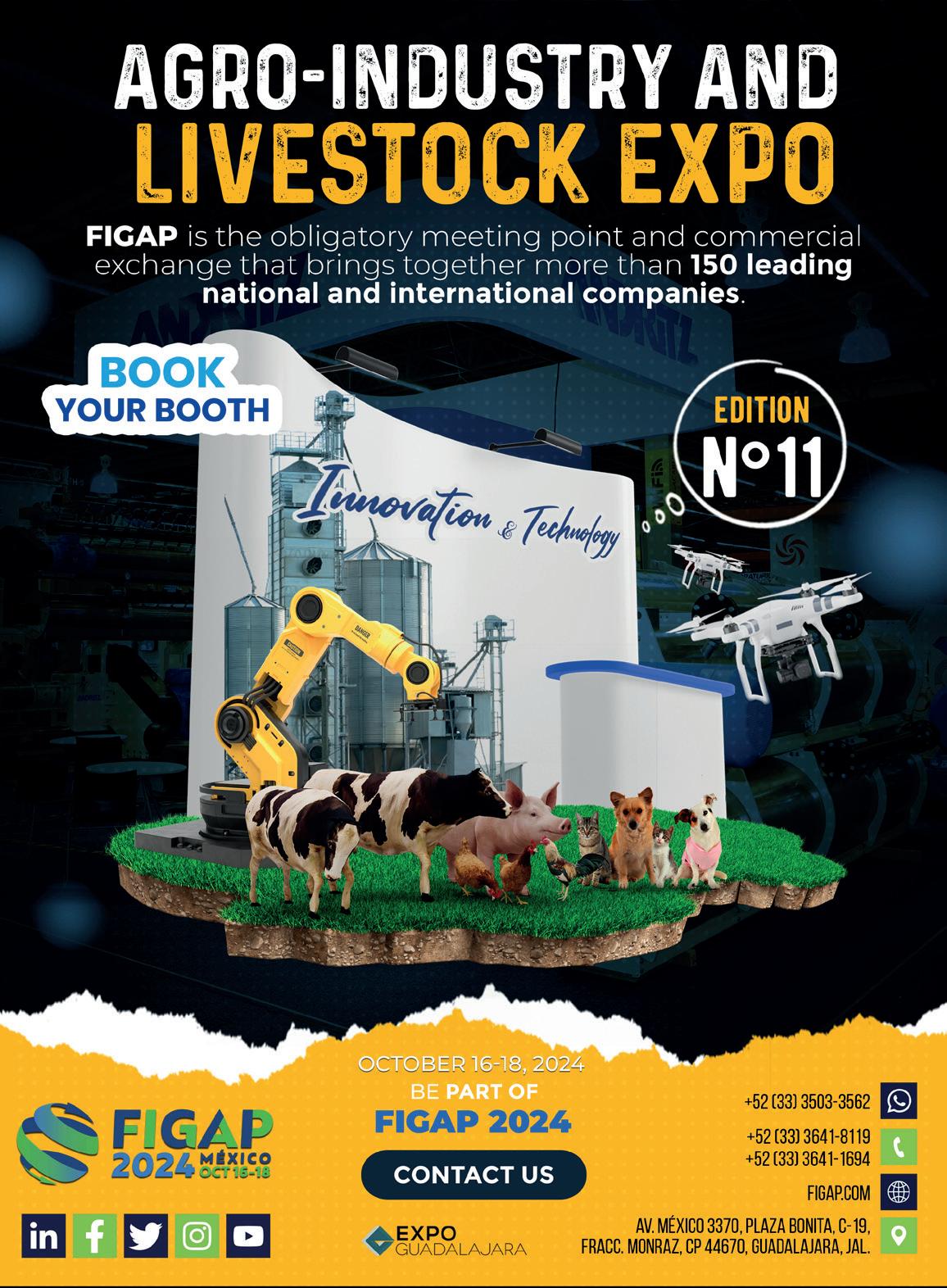
Vertical farming systems, or vertical and controlled agriculture, are now seen as a possible solution to current problems in the food industry, such as sustainability and supply. Long-term food security and self-sufficiency are vital for the economic growth of any country, and the search for alternatives for the food industry both for humans and pets is a constant, as what’s human is also animal.
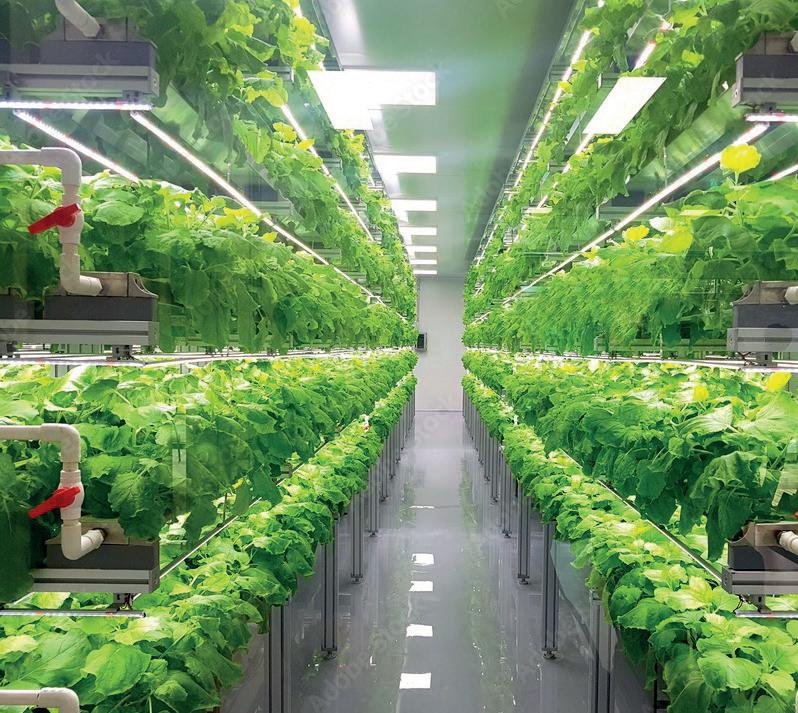
We know that costs, raw materials availability, land and water use, greenhouse gas emissions, and weather-related contingencies are only some of the challenges facing a growing food industry. It seems that vertical farming can help solve, or at least alleviate, some of these challenges.
Vertical farming is a revolutionary approach that proposes growing crops in vertically stacked layers to make efficient use of space and create closed-loop ecosystems. It usually works climate-independent, with controlled-environment agriculture, which optimizes crop growth, and even, in many cases, uses soilless cultivation techniques. Most commonly deployed to grow crops, such as leafy greens and
herbs for human consumption, there are also companies that have already started using them for livestock feed crops.
Currently, the vertical farming market is expected to reach $24.11 billion by 2030.
Climate change is destroying or seriously affecting dozens of ecosystems around the world, which affects land for cultivation. Short growing seasons also affect the ability to produce enough food for populations internationally. That is why having the ability to grow food indoors and avoiding the unpredictability that comes with outdoor cultivation could prove to be the most rewarding solution for the industry.
Vertical farming is presented as an alternative that solves problems such as irrigation restrictions, land limitations, low forage years, access to quality feed, inflation, and rising and unpredictable input costs.
Its great advantages lie in that it uses less water and land for production, can reduce methane emissions, combat deforestation, use fewer fossil fuels, generate less food waste, and even alleviate some interruptions in the supply chain. Therefore, that’s why it’s considered one of the most viable forms of sustainable production and supply.
Another notable benefit is its ease of implementation since it can be installed where it is most needed.
We can highlight that vertical farming, by allowing local growth, can make producers need less labor for growth and harvesting. They will be able to control pests and diseases better and scale their production to achieve sustained quantities throughout all annual seasons.
Instead of focusing on producing a product directly for human consumption, this alternative addresses an important problem from its bases: livestock feed and nutrition, produced in a sustainable manner.
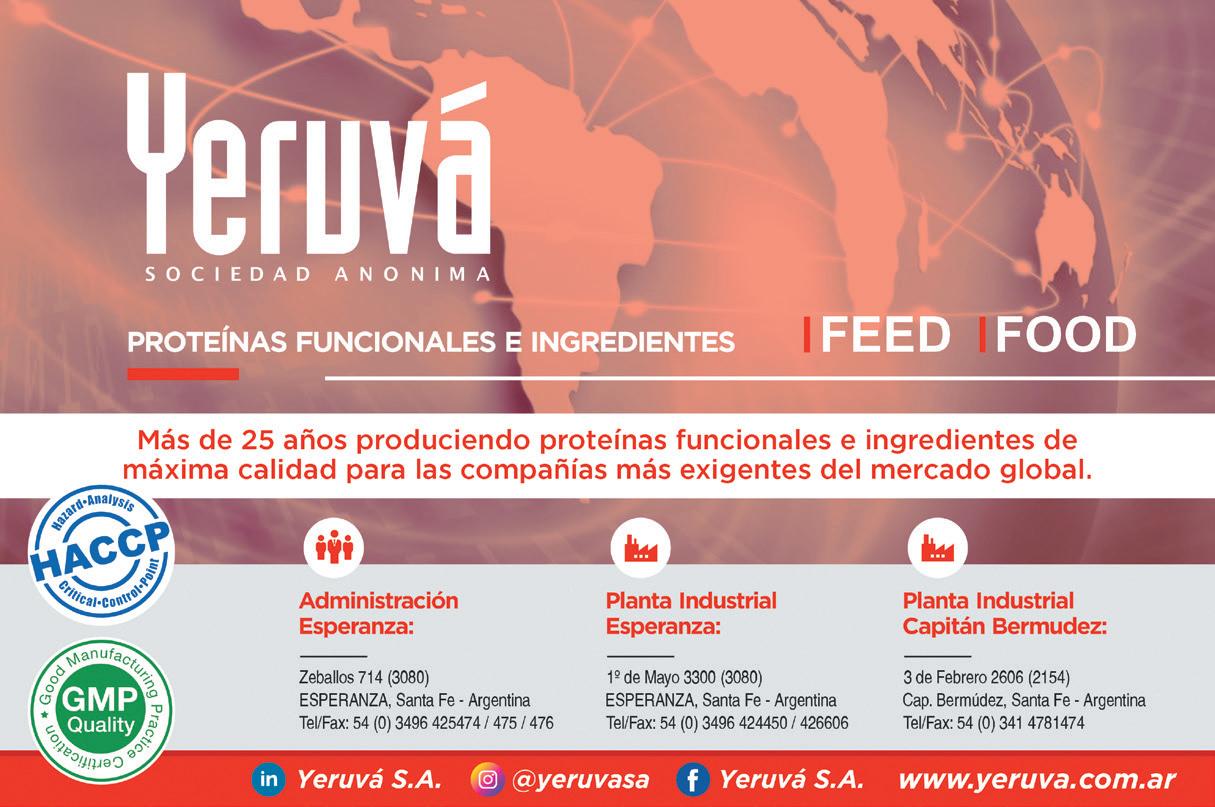
Automation will play a fundamental role in vertical farming management. With networks of sensors connected to a digital control panel to monitor all crop parameters, not only is labor reduced but the raw ingredients are improved. Furthermore, with artificial intelligence, health, and growth rate can be optimized, and diseases or mold can be predetermined, for example. Even the harvesting process can be automated so that, with the push of a button, the crop can be cut and transported.
Vertical farming seems a great alternative to address labor shortages and sustainability concerns. It allows out-of-season food growth and supplement crops during the growing season. If implemented correctly and at scale, it can have a major impact on regional food security, gas emission reduction, and global food transport.
The positive thing about this type of agriculture is that it is not tied to the externalities of climate change. And that, in a world beset by the climate crisis, makes it a promising food production method.
That is why having the ability to grow food indoors and avoiding the unpredictability that comes with outdoor cultivation could prove to be the most rewarding solution for the industry.
Over the last few years, pet adoption into the family environment has increased considerably: globally, around 33% of households have at least one pet.
Today’s owners are getting closer to their four-legged friends. From letting them sleep in their bed to caring for them as they would with a human child, many expect to seek out foods, treats, and supplements that improve their animals’ physical and behavioral health.
Now, pets have stopped coming into people’s lives for utilitarian purposes, as it was in the past with surveillance or grazing, for instance. Pets are closer to people and people to them, fully engaged intellectually and emotionally, so much so that around 22% of millennials and gen z say they prefer having a pet to having children.
As these animals are more at the center of their owners’ lives, new demands, trends, and, of course, opportunities are coming to the pet food industry.
A report of ADM company affirms that one of the most important trends for 2023 is the need for pet food with an integrative approach. To have a futuristic vision, pet

food companies need to stop focusing only on quality and consider other aspects that make up the product as well, such as ease of use and packaging practicality, sustainable sourcing, and environmental care. More than 42% of pet owners prefer pet food with sustainably sourced ingredients. The increasing pet humanization is fostering a holistic approach to pet wellness, including weight management, digestive health, and personalized premium solutions, among others.
In 2023, the most successful brands will be those that are already broadening their vision and seeking a more holistic approach to pet food.
The ADM report also shows that pet owners know more about animal health. An article on the Internet that recommends a food type or ingredient is no longer enough for them. Instead, they want and demand evidence and scientific studies that certify the effectiveness of certain ingredients, supplements, or treatments. 57% of pet owners worldwide
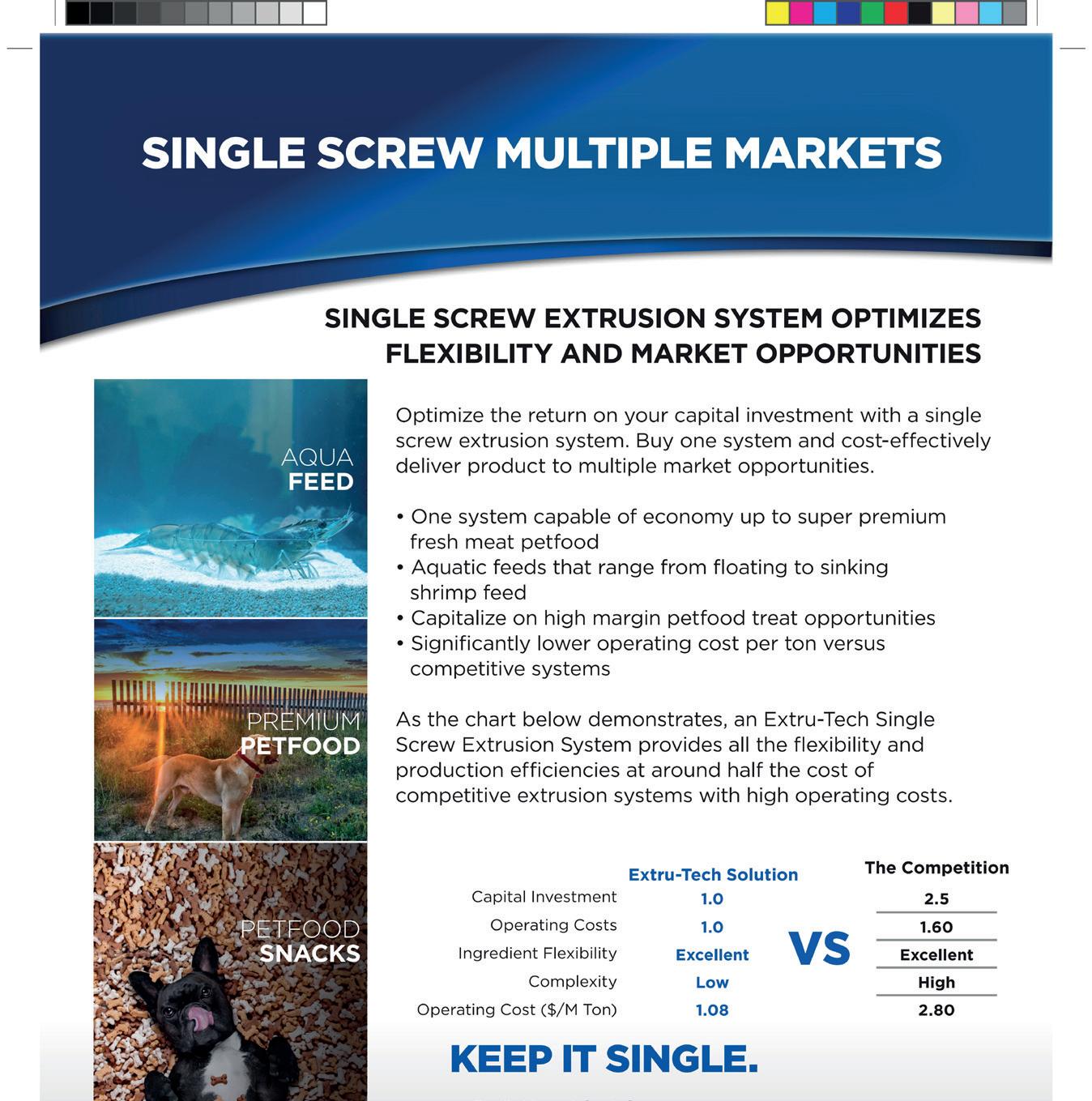

In 2023, the most successful brands will be those that are already broadening their vision and seeking a more holistic approach to pet food.
affirm that the health claim on product packaging is essential when choosing a pet food.
Thus, labels such as “clinically tested,” “scientifically studied,” or “recommended by veterinarians” could considerably increase the chances of being the chosen product.
Pet owners, and especially younger ones, such as millennials and gen Z, are, to a greater or lesser extent, informed about technological innovation and how it can impact food health. Raised on the Internet and with trends and updates of products and solutions on the order of the day, they are quick to recognize, but also to demand, innovation in everything they consume. And their pet food is no exception.
Innovative product launching is an opportunity to create a superior and pleasant experience, both for the owners and the animals that consume said product. Two out of three pet owners internationally like to come across pet food with new and innovative flavors.
For its part, affordability is another fundamental aspect in which innovation has a preponderant place. Feeding so many pets with affordable nutrition is a challenge that can only be overcome through innovation to meet the demand for high nutritional value at the right price, in both developed and developing countries.
Personalized nutrition strategies, tailored to the specific needs of an individual pet, can enhance healthy aging and development. Products with specific benefits give consumers confidence that they will deliver the desired results. Plus, with more health and wellness options to choose from, owners can see which products offer unique ways to address specific concerns. Younger pet owners often look for those that can support immune function and general wellness for lifelong benefits. Parents of older pets often look for custom solutions, such as those that address joints and mobility. Functional treats (made with food ingredients that offer nutritional benefits) and pet health supplements (that support a specific body structure or function and are not nutritional) are segments expected to grow rapidly.
Although owners have recently begun to spend more on food and treats for their pets, they are also demanding higherquality products. And by quality, we mean natural. They prefer ingredients more similar to those that wild canines and felines would have found in their natural habitats, or even pet food with a quality close to what they themselves would eat (hence, for example, the rejection of meat by-products, or the slow acceptance of alternative proteins, such as insect one).
While traditional dry kibble is still the type more consumed, sales of other alternatives have been slowly growing, such as
mixes of kibble and freeze-dried meat and vegetable chunks or dehydrated and freeze-dried foods.
By “natural,” pet owners demand non-GMO ingredients, novel proteins, and plant-based foods.
Global inflation is driving some property segments out of the market, a situation exacerbated by brick-and-mortar retailers reducing the allocation of shelf space to value-oriented suites of solutions. Faced with an increase in prices and a decrease in their salaries, pet owners incline towards one brand or another due to the value, transparency, and trust they represent and transmit, both in their marketing and in their products mainly.
Today’s brands must deeply cultivate their values to gain an understanding of where consumers draw the line of engagement.
Of course, hand in hand with values and transparency, the trend for clean labels grows. Not only due to a lack of ethics but also due to the research carried out by consumers before their purchase decisions, transparency is needed on the labels of food products so as not to throw overboard all the actions carried out to demonstrate a brand’s value.
Modern pet parents treat their pets just as well, if not better than themselves. And, although pet tastes do not change from year to year, the interests of their owners do, and, after all, they are the ones who choose us first as brands.
Although we cannot predict the future, we can use the data and information available to start analyzing and looking for alternatives for our businesses so that we remain competitive in the market and, above all, offer the solutions that our consumers need.


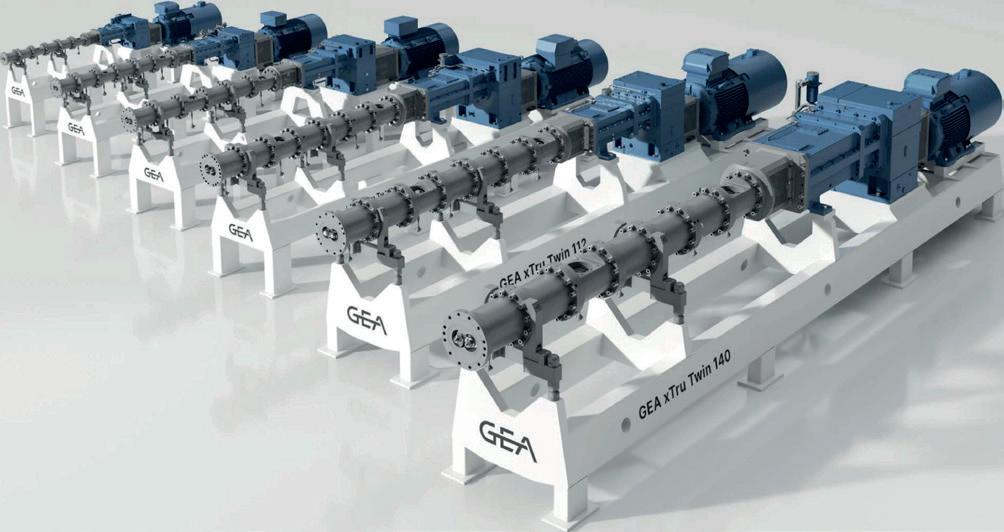
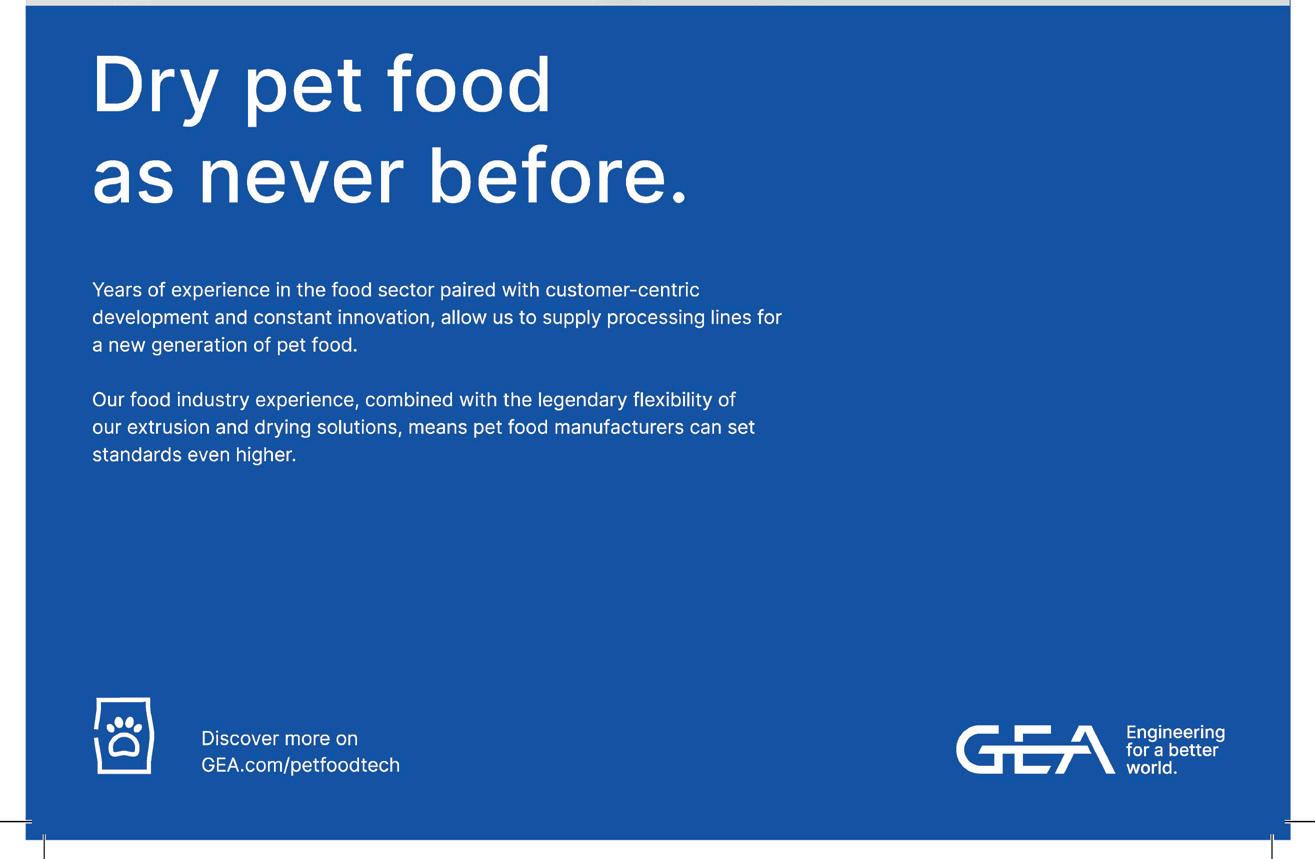 Kibbles
Pillows
Dental sticks
Kibbles
Pillows
Dental sticks
In this issue of All Pet Food Magazine, we highlight the latest innovations that can optimize your pet food operations. We take a look at innovations from different leading companies in the Pet Food market.
Trace minerals are essential for maintaining animal performance, fertility, welfare and immunity. Optimin® organic trace minerals are protected and easily absorbed, minimizing the risk of malnutrition. Optimin® maintain an optimal mineral status in animals that contribute to well-being and better performance. A good quality source of bioavailable trace minerals can reduce herd variability leading to better overall income.
Benefits
• High availability of trace minerals that allows better absorption
• Supports the animal’s ability to overcome numerous stressful physiological and nutritional conditions
• Partially or totally replaces inorganic minerals
• Greater mineral stability even at high temperatures, humidity and mechanical pressure, as occurs during the extrusion process.
Specifications
• Use for: Poultry, swine, pets and ruminants
• Application: In the formulation of premix or finished Food
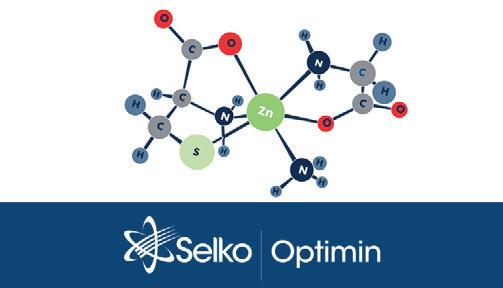
http://bit.ly/3ZUMgsw
LALTIDE
LALTIDE is a raw material that provides a balanced supply of bioavailable nucleosides. It contains essential sources of protein (nitrogen) such as free nucleotides, amino acids and peptides, L-glutamic acid and other important nutrients abundantly present in yeast.

Applications
Laltide has been formulated to ensure optimal flow and homogeneous incorporation into premixes and other industrial feed production processes.
It´s stable in all types of animal feed: meals, granules or liquids.

http://bit.ly/412zhpu
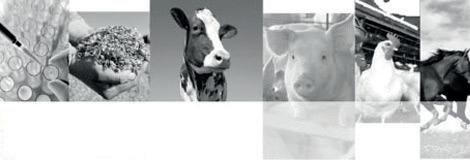
Petfood manufacturers demand natural, clean label and nutritious ingredients. Break through to the future of feed with a sustainable and innovative protein source derived from barley.
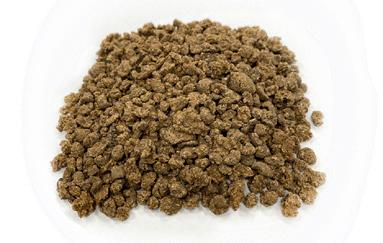
EmergeTM is made through a patented production process that uses fractionation to naturally concentrate the protein found in whole barley kernels. The result is a clean, environmentally friendly protein source that’s traceable and non-GMO. Emerge barley protein concentrate is proudly made in the USA by the food, feed and supply chain experts at Scoular.
Bulk
Super Sacks
Totes
25 kg / 50 lb Bags
Videplast has made an investment in high-tech equipment which allowed us to produce packaging for the Pet Food line, masterbatches, fine powders with very low granulometry, pellets, 100% automated top valve bags and film for F/F/S (Shape Filling Stamp). Together with Haver&Boeker, manufacturer of F/F/S equipment, we carried out the world’s first launch of a Pet Food filling project in Brazil on an automatic F/F/S line.
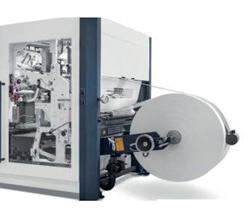

Below we can verify the advantages this type of equipment and packaging can provide the end user:
• Bolsas formadas a partir de una bobina tubular de polie* Bags formed from a tubular polyethylene reel.
• Automatic reel change (optional)
• Excellent performance and reliability
• Reduced space for the implementation of the equipment, around 12 m2
• Quick product changes
• Possibility of reaching up to 2100 bags of 15 kg/hour
• Headspace reduction of around 15% on the total package, providing great savings throughout the year.
• Ability to fill formats of 5, 7, 10, 15, 20, 25
• Possibility of working with hermetic and waterproof packaging.
• Device to remove air before closing the package, reducing the need for a micro orifice or valve.
• Thermal transfer Printer
• Optional inline handle.
• Easy operation and maintenance machine
http://bit.ly/3zDz3cM
http://bit.ly/3mab1TD
In 2021, the size of the global pet food market was valued at $110.53 billion. By 2029, it is expected to grow to 163.7 billion. The increasing rate of pet ownership worldwide, especially in developing countries, is one of the main driving forces in the market.
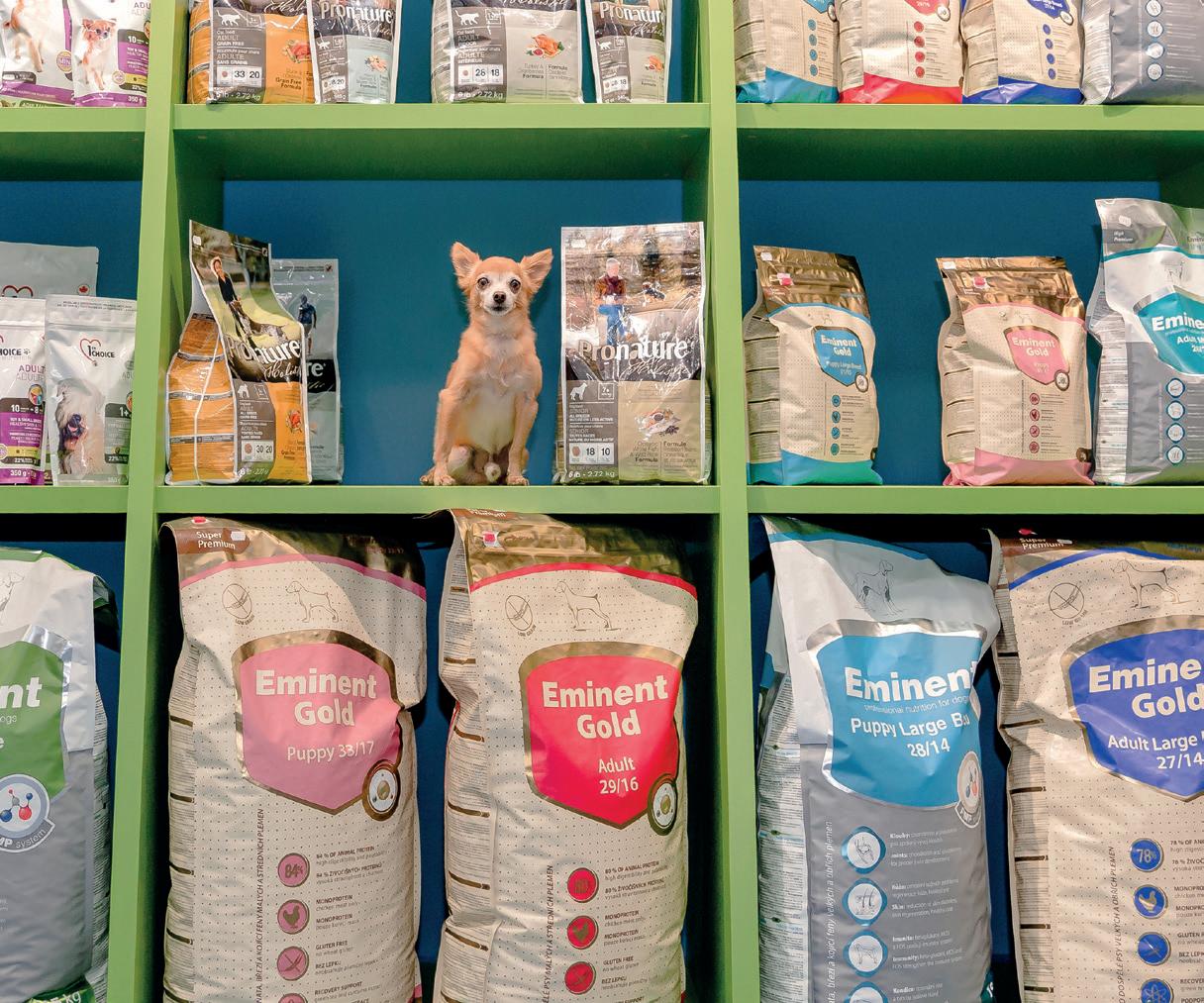
The pet food industry does not stop growing, but it does so on a fully developing basis: changes in consumer habits, variations in purchasing power and spending dedicated to pets, greater access to information, and others. Factors are not only presenting new challenges in the industry but also shaping it with these new demands and needs. So, how is growth sustained? How can we grow and respond with innovation to these demands simultaneously? Is that, in any way, possible?
The global impact of COVID-19 has been unprecedented and is still leaving staggering traces. By comparison, the pet food industry emerged from the pandemic with significantly higher numbers, but by no means easier to catch up with. Several studies carried out in recent times have indicated that people who have pets tend to have fewer mental health problems, such as feelings of loneliness and depression. This perception of the importance of animals in people’s lives, as well as the increase in adoption, fueled by telecommuting and
The challenges to face (and on which companies should already be working) are mainly related to personalized formula production, functional packaging for product preservation, and logistics management. Of course, innovation comes hand in hand with proposals for these problems which, if solved, will bring a great positive influence on the market and on the company’s brand that achieves it.
temporary confinements, makes today’s pet owners little like those who existed before 2020. The change is notorious: the perception of pets has changed, and, consequently, their care, habits, and consumer products.
Personalized pet food, for example, is one of the growing demands gaining ground in the market worldwide. Sooner or later, it will become even more popular in the coming years. Personalization of pet food products has great potential to grow significantly, as pet owners become more conscious of the food they feed their pets, especially to address particular pet conditions such as obesity, dry skin, and others. Faced with this, the challenges to face (and on which companies should already be working) are mainly related to personalized formula production, functional packaging for product preservation, and logistics management. Of course, innovation comes hand in hand with proposals for these problems which, if solved, will bring a great positive influence on the market and on the company’s brand that achieves it.
On the other hand, one of the challenges most present in this industry has to do with the strict regulations associated with pet food. Although this is a positive aspect of product professionalization and safety, it is also true that it hinders, on certain occasions, growth and expansion. Either way, pet food is among the most regulated food products, especially in Western markets. In more developed ones, pet foods are rigorously scrutinized at every stage, from formulation ingredients to sales and marketing. Thus, the high stringency associated with commercialization can be a major constraining factor for market growth.
Despite the mentioned challenges (and several more, such as raw materials scarcity or logistics problems, for instance), markets still focus on their growth and expansion. North America is the leader in the dog food market, with a 47% share of it. Europe is the second largest market for dog food, with a 25% share of the global industry; Asia-Pacific accounts for 15% of the global dog food share. South America, for its part, accounts for 14% of the same, with projected revenues of $11.5 billion in 2026. In turn, the said market in the region is expected to grow at a CAGR of 4.6% between 2022 and 2027.
Dog food accounts for more than 75% of the region’s pet food industry, the highest percentage compared to any other global market.
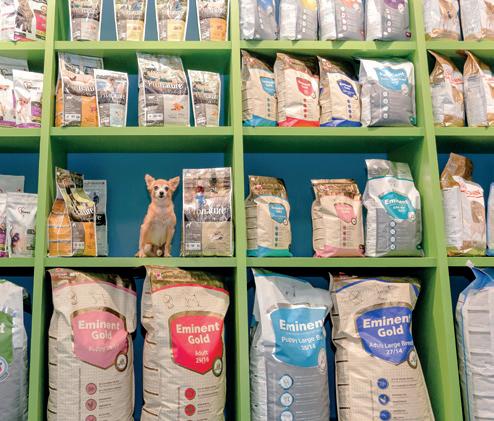
Argentina is one of the countries with a high possibility of growth thanks to quality control. Currently, according to Francisco Schang, Director at CAENA, in 2021, Argentina produced 764,000 tons of pet food, with the main participation of cheap products, with 40% of the country’s production. Premium foods represented 27% of it, and superpremium, 18%.
In turn, 18% of Argentinian pet food production is for exportation, a percentage that can increase if we focus on various optimizations, such as quality control. As stated by Mariano Ortega, President at ASDE, in his presentation. at the latest CIPAL edition:
“Quality control procedures increase efficiency, ensure consistent pet food products, and reduce the potential for product recalls. Moreover, in addition, quality control can even become a marketing tool too, for example, expanding the domestic market and import with improved quality control measures. Thus, both Argentinian pet food exportation and the domestic market could be boosted by using quality control as a marketing strategy.”
In addition, he stated that, in the international market, products can be differentiated from competitors with design, brand, marketing, functionality, or other qualities, but they lose all their value if the quality of the product is not guaranteed.
In the case of Brazil, for its part, it has a pet food infrastructure bigger than the Mexican and Argentinian. Currently, its biggest internal challenge is found in the penetration of new pet food products into owners’ habits, and the acceptance of the diversification of proposals, such as wet food.
These are just a few examples of the challenges we face regionally and internationally in the pet food market. And while we can’t predict the impact they will have on the industry, we can actively work to make that impact positive and bring more growth, expansion, quality, and innovation to the pet food industry.
Long used as a binder in wet pet foods, this functional protein obtained from blood may offer relevant health benefits.

Today’s pet parents are choosier than ever, demanding highquality, high-protein diets that mimic their pets’ natural food sources. But at the same time, issues with global supply chains mean some high-performing meat ingredients are now harder to come by. Spray-dried plasma, experts say, may offer a solution to both problems.
Plasma has been a popular binder for use in wet pet food products for years, according to Javier Polo, Senior Vice President of Research and Development for functional protein

manufacturer APC. But more recently, pet food manufacturers have been adding this protein to dry pet foods, supplements, and treats as well. This is driven by emerging evidence that the inclusion of plasma may improve health and help modulate the immune system.
Plasma may also help manufacturers cope with the low availability of other functional animal co-products triggered by the pandemic. Additionally, it fits well within current trends toward more natural pet food products, according to Roger Gerlach, APC’s Global Director for Pet Food.
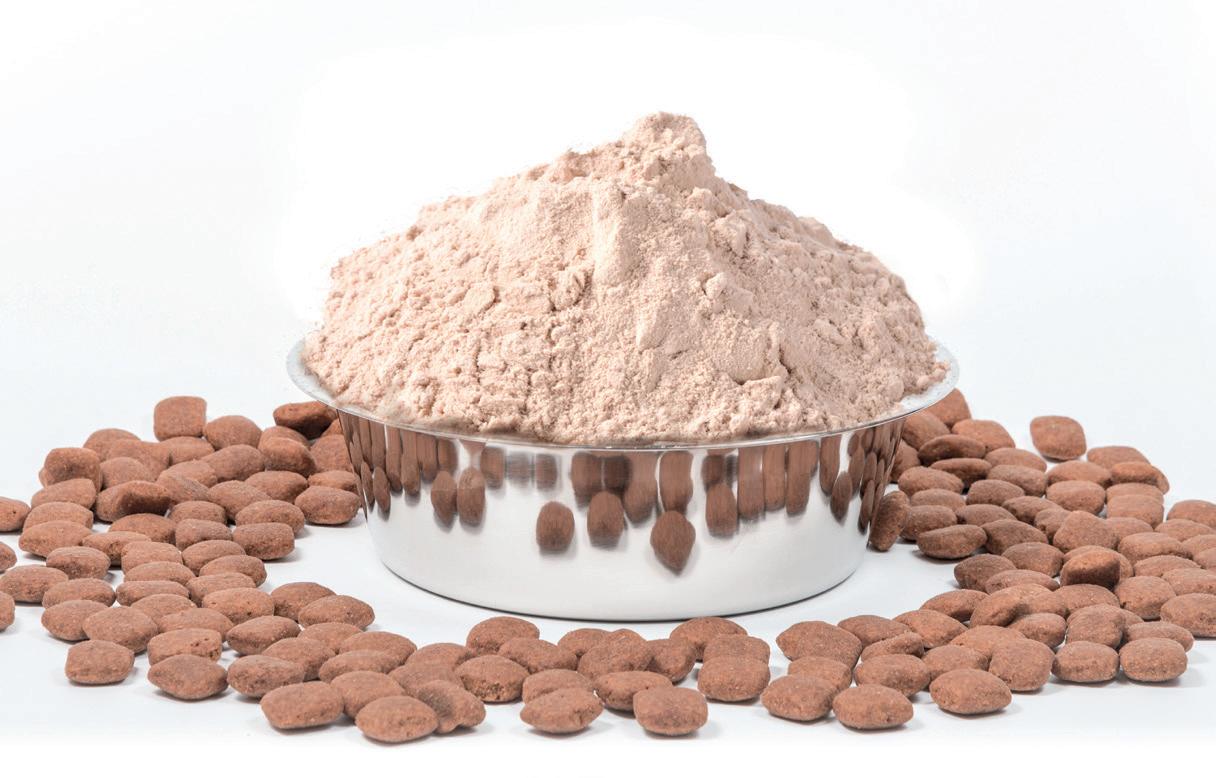


“I think, in today’s pet food world, manufacturers are just looking for new ingredients, novel ingredients, to talk about health claims, and plasma brings that,” he says. “People are sitting up and taking notice, and it has gained more acceptance over the years. With the evolution of high-protein diets, high meat-content diets, plasma is very attractive because it is a high protein product with added health benefits.”
Spray-dried plasma is collected from the blood of animals slaughtered for human consumption, cooled, and then dried. It contains up to 80% protein, with some additional salts and fats. But it’s the specific proteins that plasma contains – especially the immunoglobulins – that are of particular interest.
Immunoglobulins are large, Y-shaped proteins produced by the immune system. When consumed, these proteins help modulate the immune system, prevent disease, and improve overall health in multiple species. However, the exact reason why they do so remains subject of scientific research, according to Louis van Deun, Sales Manager at food ingredient manufacturer Sonac.
Their large size means that immunoglobulins cannot pass through the gut barrier. But inside the gut, it is thought that the proteins may bind to viruses and bacteria, preventing them from causing inflammatory reactions and disease.
However, when plasma is added to wet pet foods for the gelling and binding effects provided by another protein present in it, these health benefits are unlikely. This is because immunoglobulins are heat-sensitive and cannot survive the autoclaving sterilization process.
Spray-dried plasma is generally considered a clean-label ingredient and may therefore be attractive to consumers looking for natural pet food, especially food high in protein. However, some consumers have expressed skepticism about spray-dried plasma in pet food, either because they reject foods containing animal byproducts or out of concern that blood-related products may spread disease.
Spray-dried plasma is generally considered a clean-label ingredient and may therefore be attractive to consumers looking for natural pet food, especially food high in protein.
This latter concern has no real merit, according to Louis van Deun, because spray-dried plasma is sourced from animals fit for human consumption, and the spray-drying process is extremely effective in ensuring the final product is safe and free of pathogens. However, he admits that it may be hard to win over consumers who fall into the former camp.
Research shows that besides immune health, spraydried plasma may boast even more health benefits to convince pet owners, according to Javier Polo. Pets fed with plasma show signs of improved cognition, he says. It may help to balance the intestinal microbiome, and it contains helpful bioactive peptides and growth factors. He adds that it is also useful for increasing the palatability of pet food products for dogs and especially for cats, who show significant improvements when fed with diets containing plasma. “When you are adding plasma, the improvement in palatability, as well as the health benefit, is easy to see in cats – because cats love plasma,” he states.
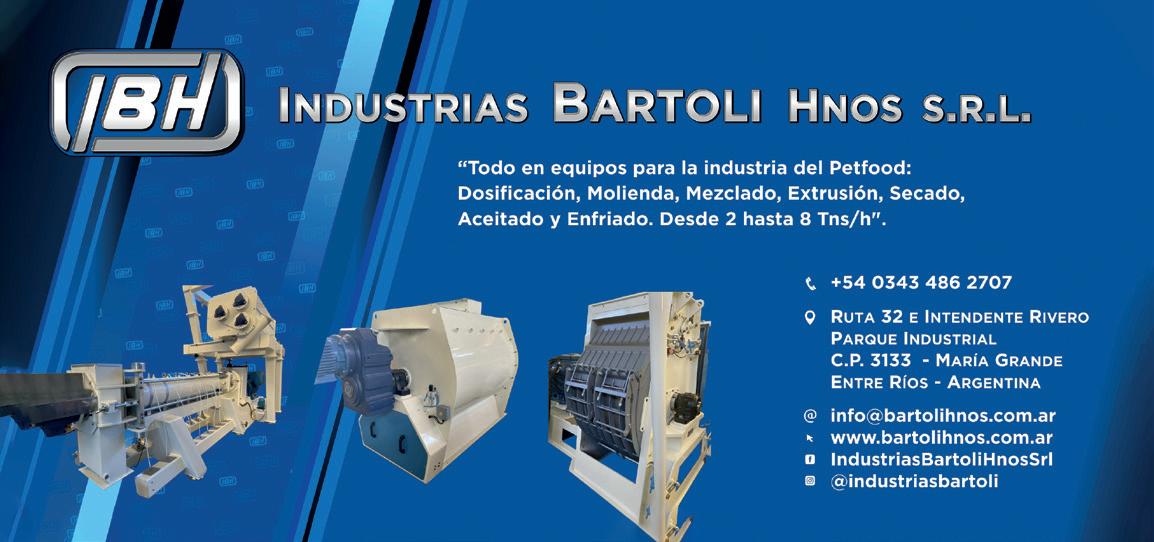

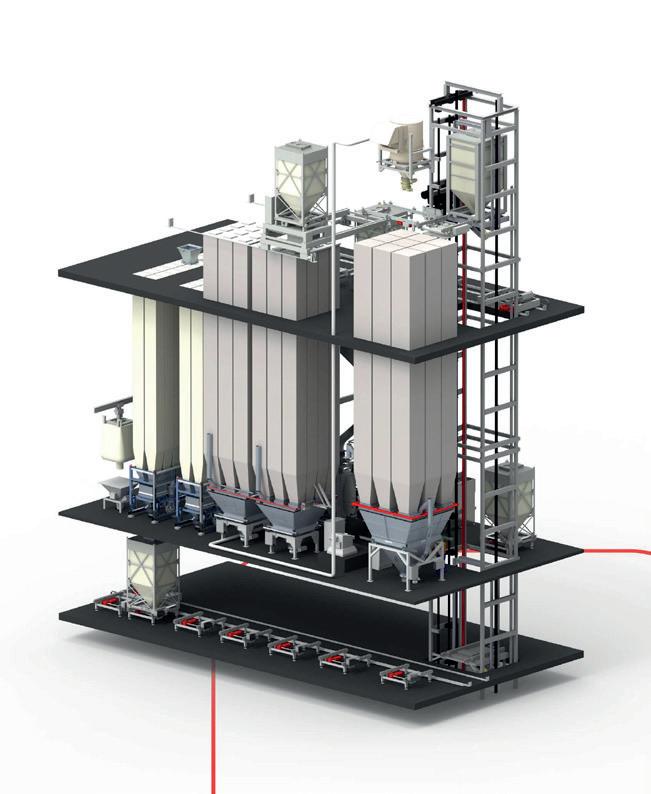
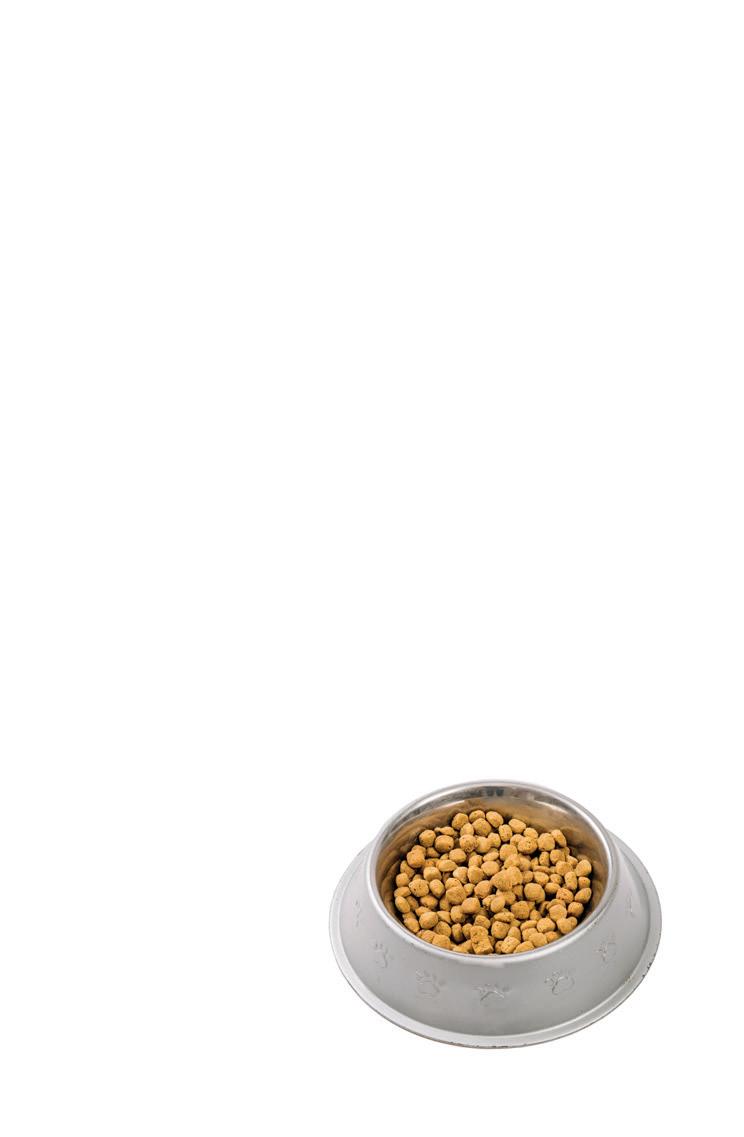
Projects: Focused mainly on companies manufacturing Extruded Pet Food and Aqua Feed, we develop Projects for complete or partial plants.
Solutions: We o er consulting work and provide Solutions to improve the E ciency and Quality of your Manufacturing Processes.

Representations: We only work with Associated Companies that can o er the Highest Quality of products and Services for our Customers.

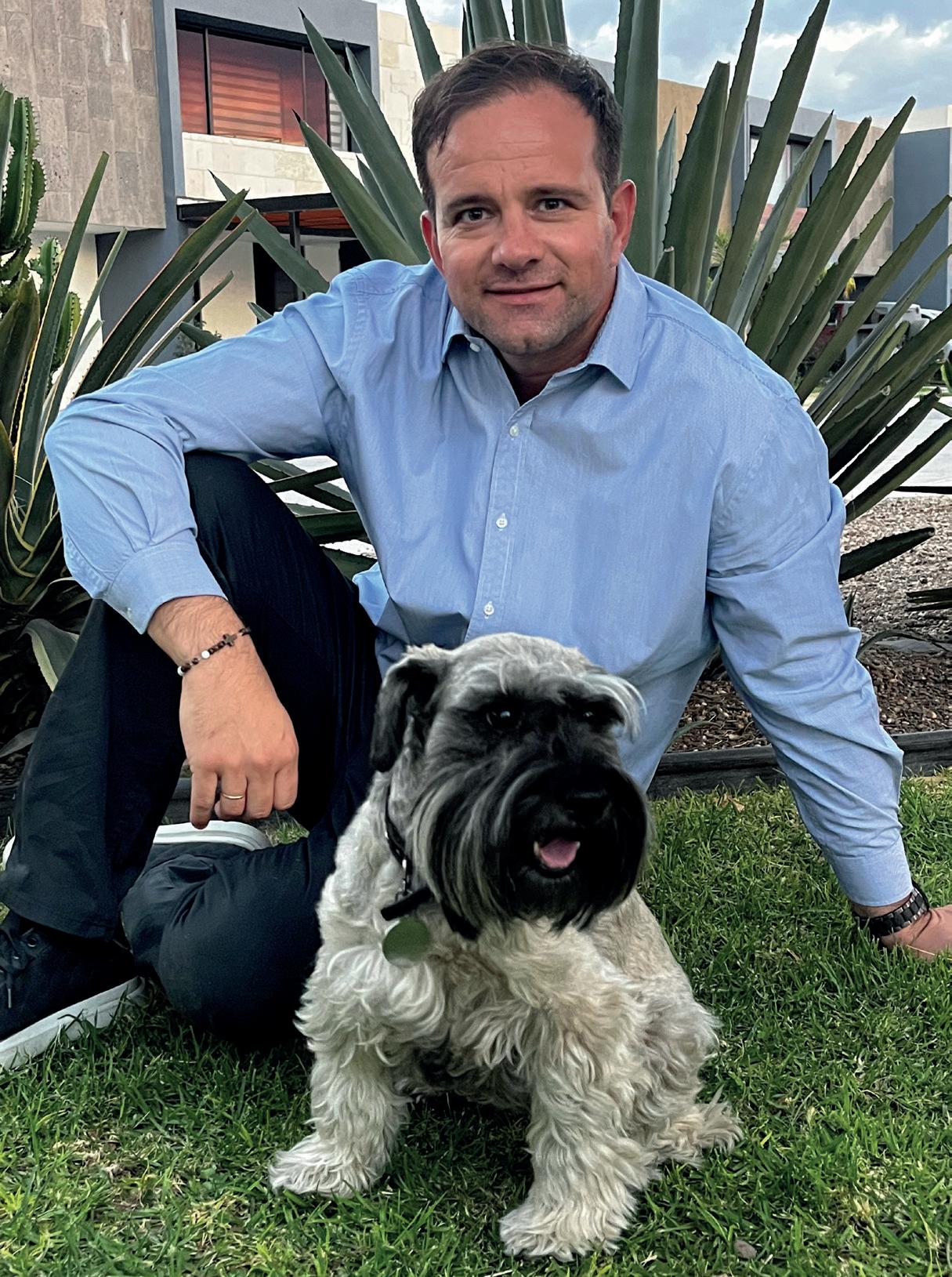 By All Pet Food
By All Pet Food
Juan Becher, general manager of Symrise Pet Food Mexico, tells us about the new plant that the company is building in the country, the company's contribution to the industry and to sustainability, and the future of the regional pet food market.
Based on more than 40 years of experience, Symrise Pet Food has achieved comprehensive knowledge of pets, products and markets, which has allowed it to position itself as a global leader in pet food palatability through its SPF brand. In addition, Symrise Pet Food has extended its offer to pet nutrition solutions with its brand Nutrios, pet food protection solutions with the Videka brand. Symrise Pet Food's ambition is to give all pets a better life by being at the heart of every eating experience by 2030.
For Symrise Pet Food, proximity to stakeholders is key, according to the motto: "The closer the better". For this reason, in this 2023 the company continues with its expansion –which already has 31 sites distributed in 4 global regions– and has begun to build a new plant in Mexico, which follows the latest construction standards and puts sustainability at the heart of the factory design and operations.
We spoke with Juan Becher, general manager of the Mexico subsidiary, to learn more about the characteristics of the new plant, the production of pet food in Mexico, the future of the market and the role of Symrise Pet Food in the industry as a global leader.
Symrise Pet Food began operating in Mexico in September 2004, and I joined the company in April 2005 as Production Manager. I remember that at that time we were really very few: barely 8 employees running the entire company. During the next 10 years, we had many challenges, but without a doubt there were many more satisfactions! In 2015, as the structure was similar to the current organization, I took the responsibility of leading the commercial management of Mexico and Central America; and in 2021, I assumed the position of General Manager of Mexico.
Back in 2004, Mexico was the seventh pet food producing country; today we can say that we are the fourth, with around 1,700,000 tons produced in 2022 and according to our internal estimates. We only have very large markets above us, such as the United States, Brazil and China.
As in the other countries in the region, Mexico is a country dominated by dogs (small ones mostly), but with a remarkable growth in the cat population. The phenomenon of urbanization is not unknown to us, since almost 25% of the population in Mexico is concentrated in the 3 most important cities.
The effects of the pandemic and the war in Ukraine forced all producers to reassess their strategies and adapt them to the "value for money" that is heard so often. Fortunately, the Mexican pet food industry is robust and has a lot of investment behind it, so each kibble produced has the value that pet owners seek when feeding their companions.
The new plant will be located in the city of Querétaro, very close to the current one. In 2021 we acquired a 2-hectare piece of land to build the offices and the production plant. In total, we are talking about 6,600 square meters and a total of 4 buildings. Like the new plants in Brazil and Colombia, our plant will have high standards in terms of infrastructure, process technologies and automation, thanks to which we will be able to continue manufacturing the environmentally responsible products that our customers choose and need.
Nobody ignores that Latin America is one of the regions that appreciates pets the most. In addition to being one of the regions with most pets per inhabitant, a recent statistic found that 67% of the people in Latin America prefer their pets to their friends. Symrise Pet Food works with the commitment to contribute not only to the benefit of the pet, but also to the close affective relationship between the pet owner and the pet, who in many cases, is considered as another member of the family.
Thanks to our commercial and productive network around the world, we have a comprehensive knowledge of the local manufacturer and its needs, but also of the pet owners and their pets, who are always looking for new and better products. These three, without a doubt, are the main players in the pet food industry and the ones that make the wheel of our industry turn. In our almost 20 years of presence in the Mexican market,
we have always considered it important to listen to them and find solutions that meet their expectations.
When we talk about food for our beloved pets, it is extremely important to provide confidence and safety at all times: from the moment before the reception of raw materials to the dispatch and delivery to the customer. The plant and our work teams support the pet food industry by offering the highest quality and food safety globally, to meet (and exceed) everyone's expectations.
Through our Aplicalis team, we go beyond the simple delivery of products and provide our clients with more than 40 years of experience and leadership in the palatability market to improve both their production processes and the application of palatants. In short, we help them produce that food or treat that they thought of and want to launch on the market.
The importance of sustainability
Symrise Pet Food was born from the desire to value by-products, which is why from its origins it has included sustainable development in its strategy. Its roadmap is based on four pillars: Footprint (to minimize the environmental footprint throughout the value chain), Innovation (to maximize the social and environmental performance of products), Sourcing (to maximize the sustainability of the supply chain and raw materials) and Care (to improve the well-being of employees and the local community). Through them, the company seeks to improve its performance in various areas to achieve the goals set by the United Nations for 2030*, with special attention to the challenge of reaching 2030 while being neutral with respect to the emission of greenhouse gases.
We asked Juan Becher to elaborate on the value of sustainability and Symrise Pet Food's commitment in this regard.
You mentioned responsibility with the environment before, something key in the current situation of the planet. How important do you think sustainability is today in the Mexican pet food market?
In my opinion, in 2023 all companies in the industry should consider sustainability as an indispensable factor when planning their activities and processes. Although broadly speaking the pet food industry has its origins in the revalorization of by-products, technological advances and access to information have made it clear that the traditional ways of producing must change.
At Symrise Pet Food we have a tool that has added a lot of value to our products and, consequently, to pet food and its industry: the Ecodesign Matrix. With it we measure the environmental impact of a product before and after its production; we measure the impact of our raw materials and ingredients, their transportation and later the impact of transporting our products to the customer. In this way, we can develop alternatives with the same palatability performance, but with a substantial improvement in environmental impacts.
Currently, the big players are the millennials (generation Y) and, although they are not yet mature in terms of income, they are the biggest group of owners of pets and are very involved in caring for the environment. They seek to guide their consumption towards truly responsible brands that face the new challenges of industrial design.
Now, answering your question, I think that the Mexican market is giving it the corresponding importance. Thanks to our close contact with almost all pet food producers, I know that they are working to develop more and better products that are ethical and environmentally responsible. According to Mintel**, in 2018, 10% of the products launched in the Mexican market had one or more claims in the "Ethical and environmental" category, and in 2022 we were in the order of 21%. We are certainly going on the right path.
How do you see the market in Mexico and our region 10 years from now?
Since I started working in the industry, I have not ceased to be surprised by the growth and maturation that it experiences year after year. Our new plant is designed with the market of the next 10 years in mind; a much more robust, developed market with a greater offer of wet products and treats, both for dogs and cats. The idea of outstanding eating experiences, natural ingredients and functional foods that improve the lives of pets will be determining issues for their owners, as they have been for several years.
Thank you very much Juan for your time. Would you like to add anything else to close?
First of all, I want to thank our clients who trust us every day and know that we put all our effort into giving them the best solutions to their needs; without them we would not be the undisputed leaders in palatability.
Secondly, and no less important, I would like to thank you for spreading the word about everything we do at Symrise Pet Food, as well as spreading what our colleagues and clients do. I think it is essential to do, but you also have to make it known. Developing the pet food industry and modifying the forms of production is everyone's work and commitment.
Finally, I want to take the opportunity to invite everyone to visit us this June 1st and 2nd at Foro Mascotas 2023 in the city of Guadalajara. The Mexican Symrise Pet Food team and I will be waiting for you to chat and build the future of the pet food industry together.
*17 Sustainable Development Goals for 2030 prepared by the United Nations. https://www.un.org/sustainabledevelopment/en/goals-of-sustainable-development/
**Mintel GNPD. Claims in Launches from 2018 and 2022. https:// www.mintel.com/









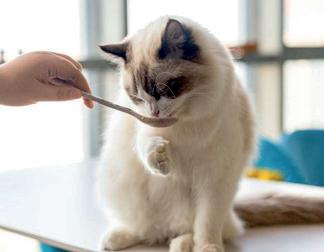



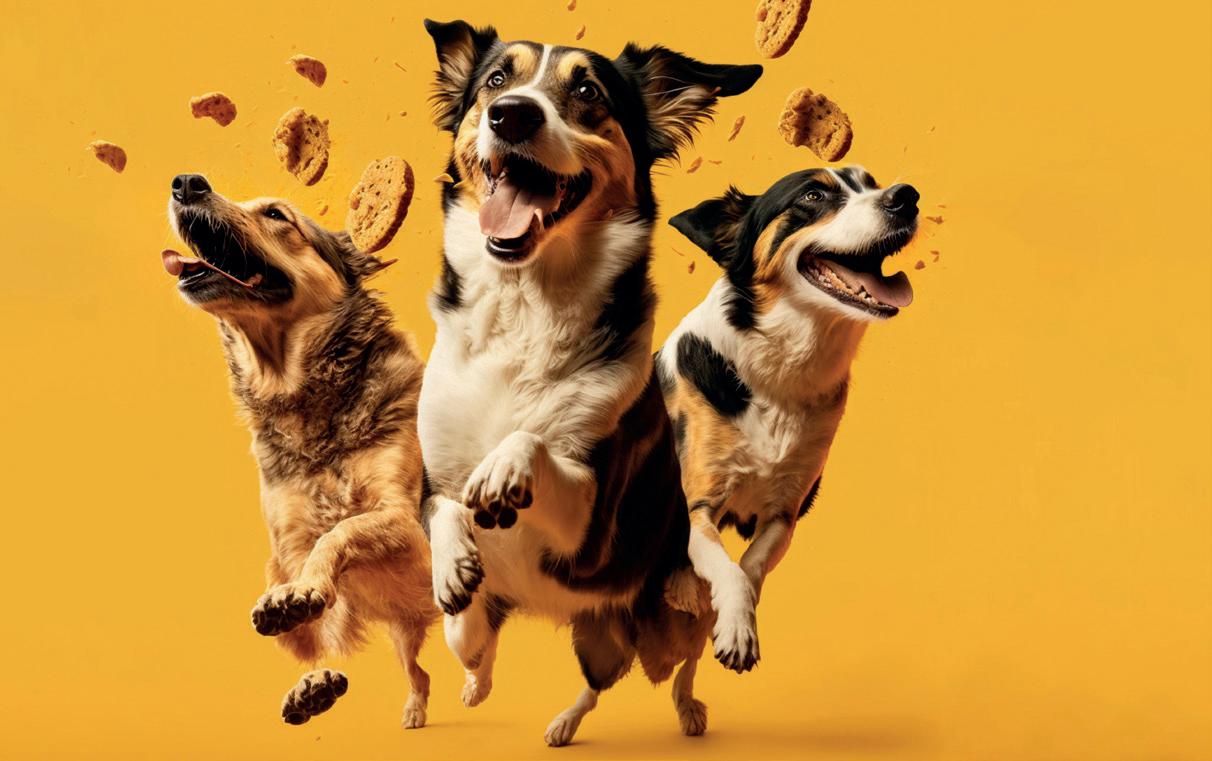 By Armando Enriquez de la Fuente Blanquet
By Armando Enriquez de la Fuente Blanquet
There are times when we are interested in entering the pet food market because we think it will leave us a good profit margin, or if we are already in it, we want to develop a new product in today’s highly competitive market. Where to start, and what steps to follow?
Everything starts with an objective or a dream, but it will be necessary to focus on it, starting with the task of carrying out a detailed market investigation, such as knowing what the data on pet populations are (graph 1), among many other pieces of information. This is how we begin to define the market category, type of product, in which market segment we are going to operate, what my value promise will be, with whom I will be competing, etc.
And what will be the marketing strategy to be developed? For Philip Kotler, the so-called father of marketing, the concept of
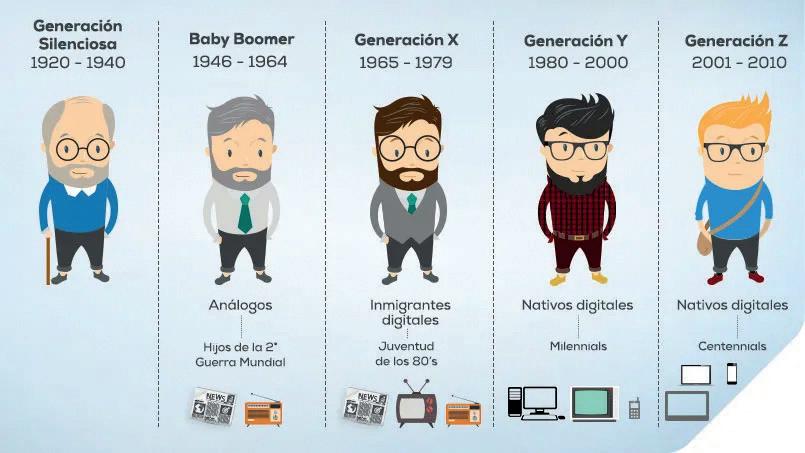
marketing is simple: “Marketing is defined as the science and art of exploring, creating and delivering value to satisfy the needs of a target market, for a benefit.”
The first step for a new product will be to build a brand. The key to building a brand is to have something good to deploy intelligently. “Something good” can be considered an innovation. As I mentioned in AllPetfood magazine, November 2022 edition, innovation in pet food is making use of creativity, which means that we don’t need a new process or ingredient, but instead, use what we have efficiently to comply with the
statement that the pet parent looks for. Pet owners not only look for nutritional levels (protein content, fat, etc.), the specification of the ingredients (meat as protein of animal origin), and the attributes that will give the pet a better quality of life (longevity, vitality, etc.) or innovations (dehydrated, “grain-free,” etc.). They are concerned about giving your furry children the best experience. Our new brand will not be a product for all segments or all parents, and, at first, it will be almost invisible and the latter is positive because it will be out of the radar of the competition.
The pet food market has a unique feature: the “pet humanization” trend. Today, 50% of family photos include a pet, as it is one more family member. Young people adopt a dog or cat because they don’t want children—or it takes longer to have them—and older adults buy a pet for company. In both cases, there is a strong bond of esteem towards them. Here we enter the second step: we must understand and choose the consumer we want to serve, our customer. Our target pet parent has certain tastes and needs, as well as shopping habits, media, and even different degrees of care for their pet
(Image 1). Our focus will be to position the brand as different and superior. Do not seek to be in a segment in which you are not superior. Here another strong trend can be considered: food premiumization. Pet parents look for food that offers the greatest well-being and health to their pets. My brand must be delivering on functional characteristics and emotional appeal, as new pet owners are embracing a holistic view of wellness and health, with higher-quality food.
We have already managed to position our brand, and we are entering the next step, staying ahead of the competition before they copy our value proposition. Any differentiator you own will be imitated by others. You have to think about staying in business with new ideas, different concepts, and constant innovation. Let’s remember that the pet food market is aligned in many areas with the human food market. It is an experience design marketplace. So, beyond thinking about looking for new ingredients or new molecules such as type II collagens or highly bioavailable polyphenols, we must think about making our product an experience for the pet parent. Therefore, successful marketing must have branding, focus, positioning, and differentiation.
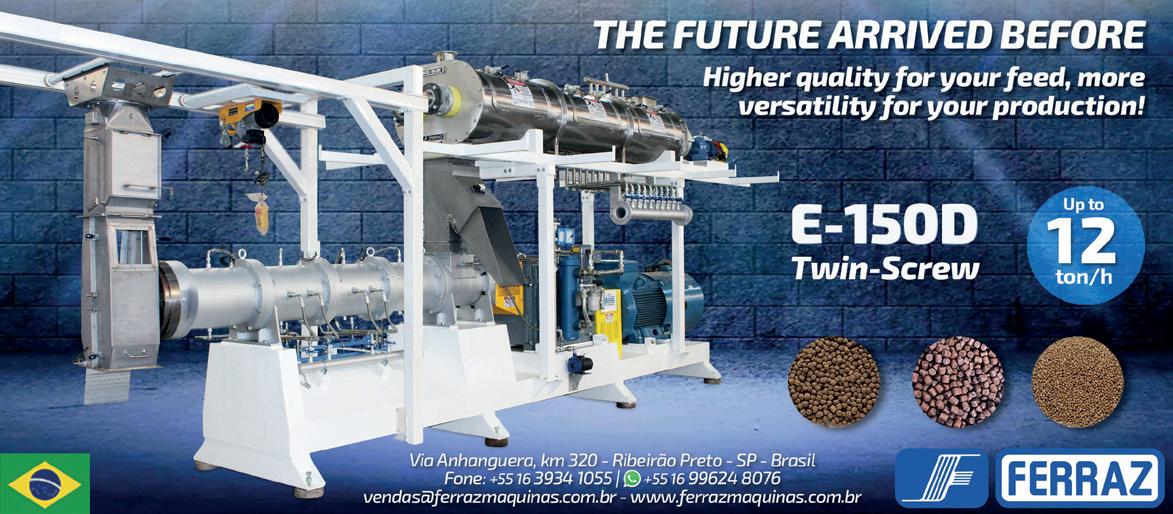
 By Ludmila Barbi y Erika Stasieniuk
By Ludmila Barbi y Erika Stasieniuk
Used in animal feed as ingredients, additives add or enhance a favorable response for performance or health purposes. Based on the legislation of the Ministry of Agriculture, Livestock and Supply (MAPA), additives are defined as: a substance, microorganism, or formulated product intentionally added to others, not normally used as ingredients, whether or not it has nutritional value, and that improve product characteristics intended for animal feed, healthy animal performance, or to cover nutritional needs. Additives are classified into technological, sensory, nutritional, and zootechnical.
The use of additives in pet food is already well established in Brazil and follows the standards and regulations of MAPA, ANVISA, FDA - Food and Drug Administration -USDA. All additives used in pet food must be included in the list of raw materials, ingredients, and additives authorized for use in animal feed, also called feed-grade products. But not all the additives described in the legislation are intended exclusively for animal feed, the additives present in pet food are generally the same, or very similar, to those used for food for human consumption (food-grade). Therefore, it is common to find suppliers that manufacture/market these food-grade additives, for human nutrition, and are, therefore, capable of being used in animal nutrition.
The growth of the pet food market promotes the use and development of new additives considering that some of them, mainly those in the sensory, nutritional, and zootechnical fields, can improve the quality and palatability of the food to be supplied to the pet. And also, they become a differential in the formulation of products and in the creation of an argument that can be decisive in the purchase choice by the consumer.
This need for innovation and leadership in the midst of so much competition leads many pet food industries to invest in additives inclusion in their formulations. Premium and Super
Premium category foods for dogs usually have a wide variety of zootechnical additives in their composition, among which we usually see chondroitin sulfate, glucosamine sulfate, hexametaphosphate, zeolite, bentonite, cassava extract, prebiotics, and probiotics, among others. And, in cat diets, insoluble and moderately fermented sources of fiber, such as cellulose or beet pulp, are additives consistently found in higher-end hairball control products, for example.
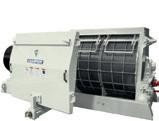
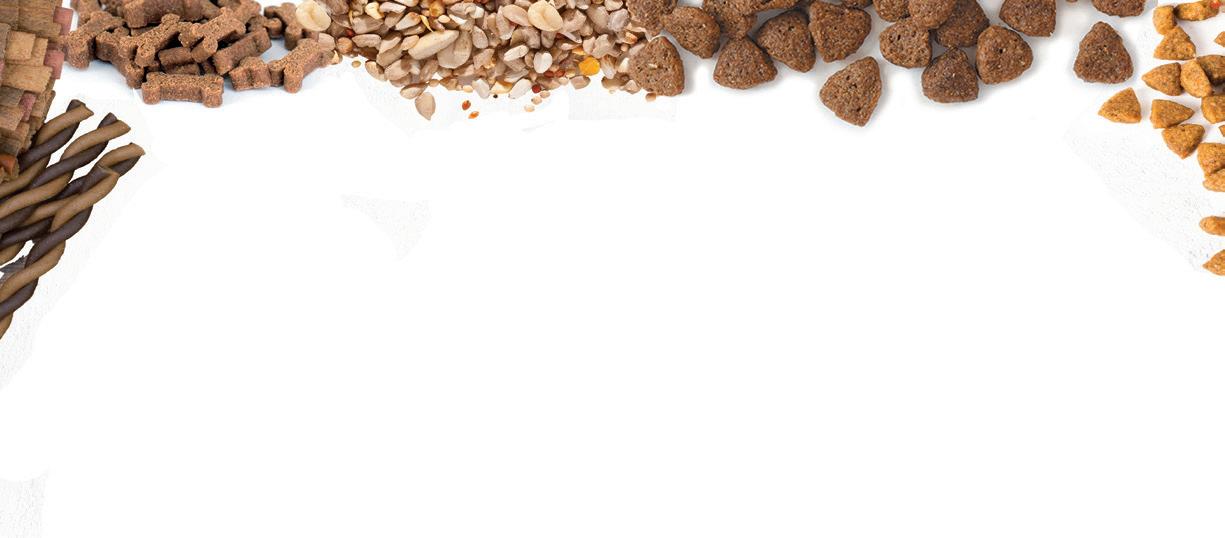
It is interesting to see companies that care about the quality of their products to stay in the market and grow within it. Innovation is necessary for all aspects of the pet food production chain, starting with new ingredients and additives development. From our point of view, this is a factor with very positive points, since it generates research and improvement of pet products, and, consequently,
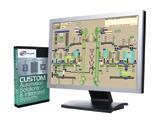
promotes the health and greater longevity of dogs and cats.
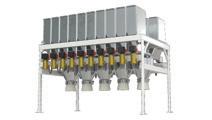
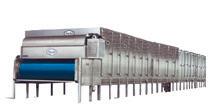

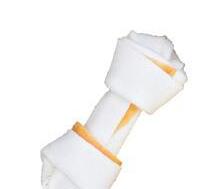

Even so, we see some negative points in additives use if they are only related to the market interests. The cost of using additives, and the lack of information on the ideal levels of use in the different types of products available in the pet market, make each industry assume the amount that it is interested in its formulation. Many companies are including them in their formulas in trace amounts, but still declare the benefits of the additives on their labels as a product differential, guaranteeing a benefit that is unlikely to be achieved.


We believe that the pet market in Brazil is still poorly regulated in terms of minimum and maximum inclusion of additives in dog and cat food and that more research, debate, and discussion are needed on the subject.

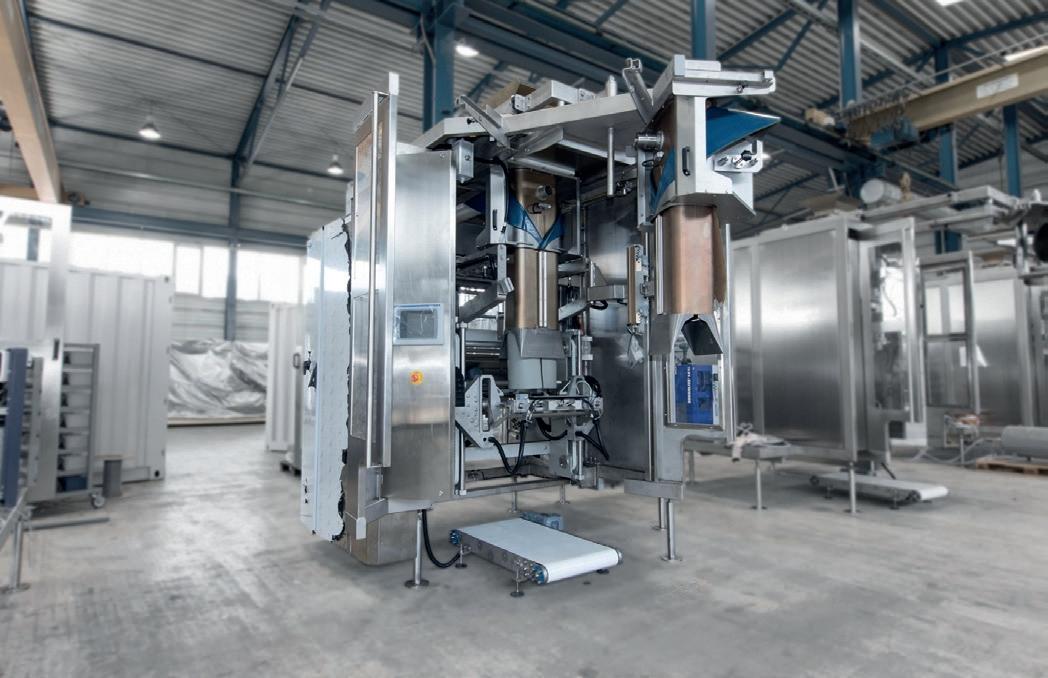 By STATEC BINDER
By STATEC BINDER
Since 1990, Connolly’s Red Mills has been packing horse and pet food with STATEC BINDER machines. At that time, STATEC BINDER was still integrated into Binder+Co AG. The years went by, and Connolly’s Red Mills grew, requiring further packaging and palletizing systems. As the company grew, more and more products were exported. Connolly’s Red Mills faced a unique problem: the shelf life of horse feed was limited to a few months, so how could the shelf life be increased? The solution was found together with STATEC BINDER: nitrogen fumigation during filling.
Connolly’s Red Mills is an Irish family business founded in 1908. The company is divided into three divisions: pet food, agriculture, and the core business of horse feed. Red Mills specializes primarily in the feed of racehorses. “When we received inquiries for shipping around the world, we were restricted by the point of shelf live,” says Joe Connolly, CEO of Connolly’s Red Mills. “As the export business grew, so did the challenge of how to get beyond the island of Ireland. Since the climate in Ireland is damp, we had problems with the shelf life of the product when we went
into warmer climates. STATEC BINDER was the company we were closest aligned with, so we discussed this challenge with Josef Lorger,” continues Joe Connolly.
“To be successful and offer your customers the perfect solution for packaging their products, you have to be flexible as a company, understand the customer’s requirements, and be willing to offer customized solutions. This is exactly the strength of STATEC BINDER. That’s why we accepted the challenging project from
Red Mills to increase the shelf life of their products and started developing the bagging machine,” explains Josef Lorger, Managing Director of STATEC BINDER. The SYSTEM-F, a vertical FFS packaging machine, was an excellent choice for further developing this particular challenge. The increased shelf life of the product was achieved by developing a special system that provides nitrogen fumigation during filling. Due to the nitrogen fumigation, the oxygen level in the filled bag is reduced to below 2%. By the additional air suction before closing, the filled and closed bag is perfectly shaped for an equally wellformed pallet. In addition to STATEC BINDER’s developments, the bag film for Connolly’s Red Mills has also been specially developed. The multi-layer film ensures that the vacuum in the filled bag is maintained and no oxygen enters.
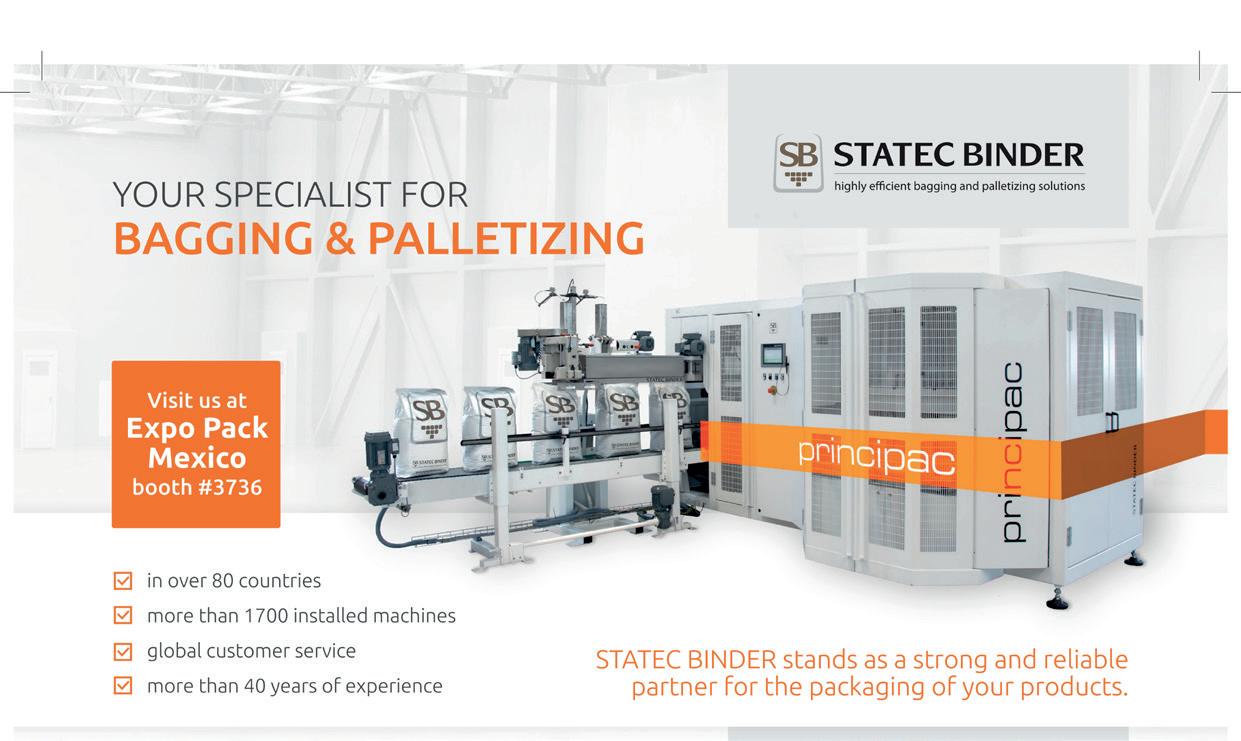
“STATEC BINDER’s contribution to our company was unique and profound, more specifically in relation to the shelf life issues that we were facing in our export markets. This is where STATEC BINDER, who developed with us our unique NFMS (Nutrient Fresh Management System), has delivered the greatest benefit. Customers can now buy our products with a real shelf life of 26 months, and the products are now delivered across 76 countries,” says Michael Connolly, Director of Business Development at Connolly’s Red Mills.
But it was not only the further development of the SYSTEM-F packaging machine that was a challenge in this project. Due to the limited space available in the existing warehouse, the high-
level palletizer PRINCIPAL had no space in its standard version. For this reason, the PRINCIPAL was also adapted for Connolly’s Red Mills. The filled bags from two packaging machines are conveyed to the palletizer. In the standard version, the bags would now be transported to an inclined infeed conveyor which is installed in front of the palletizer. However, as the space was too limited, the inclined infeed conveyor was installed underneath the PRINCIPAL. This means that the filled bags are now transported from behind via the inclined infeed conveyor upwards to the palletizer and fed to the palletizer via a tilting belt at the highest point. The bag then moves back into the palletizer and is turned into the correct position for the layer of pallets and pushed forward onto the loading plate.
“STATEC BINDER is delivering customized solutions to us since the beginning of our partnership. The solutions for real problems that really affected our business have facilitated the growth of this business to being 20 times bigger than it was in 1990,” says Michael Connolly. “STATEC BINDER does an excellent job for us and brings us to markets worldwide,” adds Joe Connolly.
You can find more information about the project here:
bit.ly/3KDNAeT

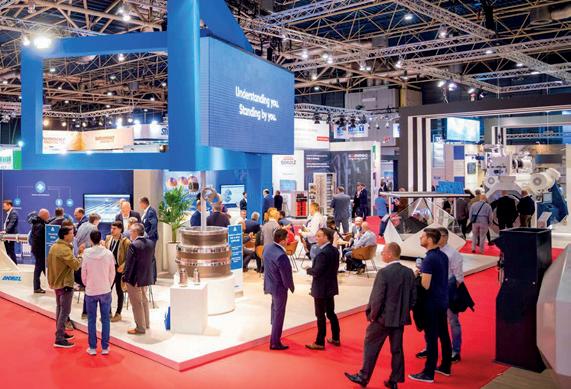


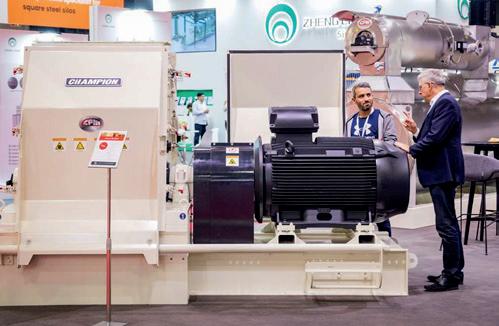








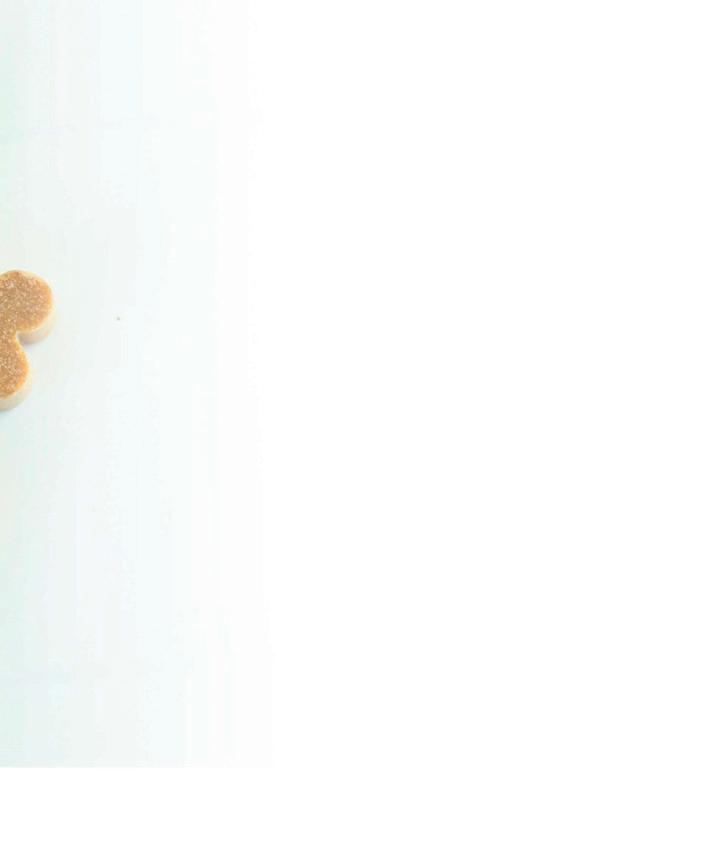
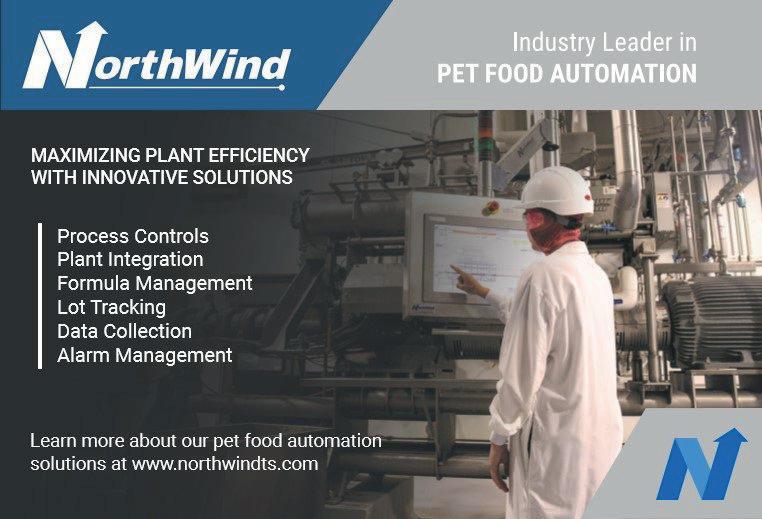
To help protect the health and safety of people, pets, animals, plants, and the planet, Kemin dedicates to sustainably transforming the reality of 80% of the world’s population.
kemin-industries
KeminIndustries
KeminInd
keminindustries
Kemin has been supplying pet food ingredients since the 1960s. In the mid-1980s, pet food options became increasingly sophisticated, and sales increased as markets expanded. This change required Kemin to change its approach to match that of its customers.

As a result, Kemin Nutrisurance, the Pet Food and Processing Technologies division of Kemin Industries, was officially established as a global business unit in 2000. Since then, they have evolved to offer solutions for every step of the pet food supply chain, to maintain freshness, provide flavor and palatability, and manage microbial risk.
For more than three decades, Kemin has partnered with many of the world’s leading pet food manufacturers, processors, and suppliers to develop innovative solutions that address changing consumer expectations and meet pet food safety, stabilization, palatability, and ingredient and formulation needs.
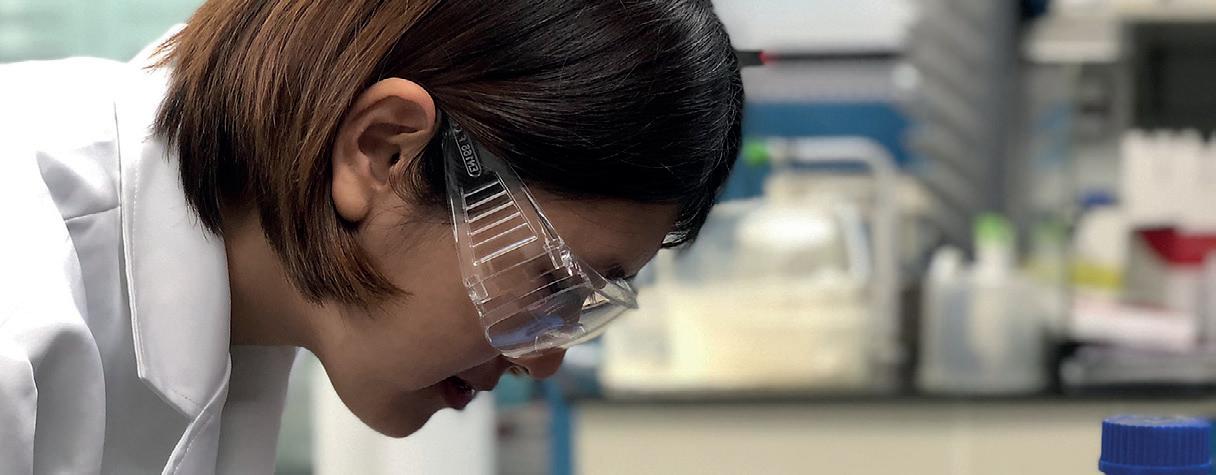
Oxidation control
A wide range of innovative dry and liquid antioxidant solutions protect against oxidation, extend shelf life and maintain the freshness of pet food products.
Its food safety products manage microbial risks, maintain quality, and extend the shelf life of pet food products.
Palatability
Available in liquid, dry, concentrated, and granulated forms, Kemin palatants contribute to flavor, taste, and aroma preferences for dogs and cats.
The HYBRILOX® line provides pet food manufacturers with an alternative to BHA and BHT without compromising the effectiveness of its antioxidant system…

The NATUROX® line is a leader in the global market, offering a complete solution of liquid and powder products. Its unique formulation presents a synergistic blend of natural tocopherols, highly effective in combating free radicals


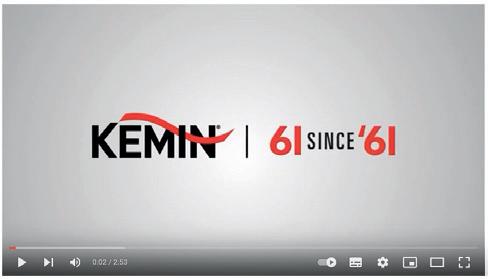

Kemin is a leading palatant manufacturer, and its portfolio begins with PALASURANCE®, its line palatants premium line
The PARAMEGA brand of antioxidants feature’s a breakthrough line of products formulated to enhance the stabilization of a wide range of petfood ingredients and formulations. PARAMEGA is uniquely effective in maintaining the oxidative stability of these diets formulated with challenging ingredients.

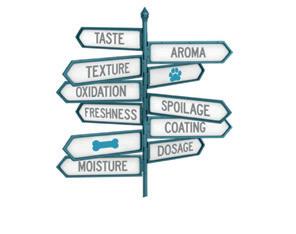
https://youtu.be/VEBwIvEh8eQ

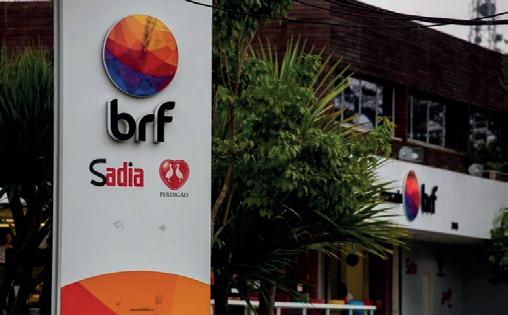
According to people with direct knowledge of the matter, the food company is working privately with Santander SA’s Brazilian unit to sell the division for about 2 billion reais ($384 million).
http://bit.ly/4341nlW
The Congress of the Pet Food Industry in Europe will take place in Zaragoza, Spain, on September 27 and 28, 2023. Some of the topics that will be discussed at the scientific conferences are: control of the raw material chain, innovation in pet food production processes, the relationship between human food and pet food, and more.
http://bit.ly/434p9OX
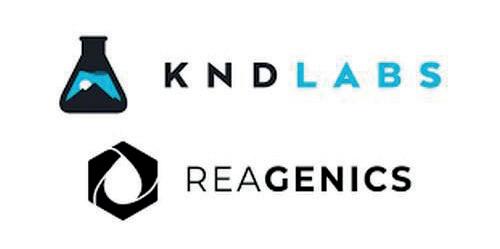
KND Labs, a manufacturer of nutraceutical ingredients with an initial focus on hemp plant-derived cannabinoids, has announced a partnership with Israel-based plant molecular harvesting company ReaGenics, which will enable the company to expand its product offerings in the global marketplace
http://bit.ly/3zsET0v
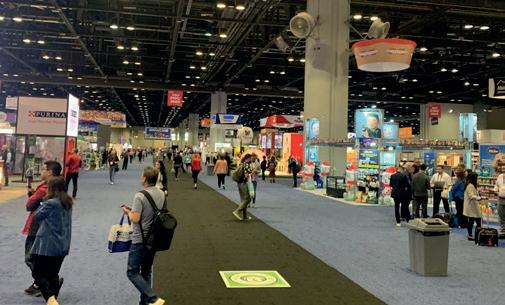
To discover up-to-date tendencies and technology, part of the All Pet Food team traveled to the congress and took the chance of meeting clients, collaborators, and professionals of the Pet Food Industry and giving them all the information about CIPEU 2023, the congress to be held in Zaragoza, Spain, in late September.
http://bit.ly/3KBlctE
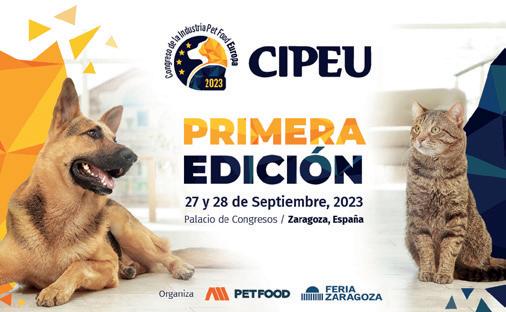


Nutrition/Palatabilizers
Symrise Pet Food
+55 19 99266-3331
marcio.ponce@symrise.com www.symrise.com
AFB INTERNATIONAL
+54 11 4 894 8570 argentina@a international.com https://a international.com/
Callizo Aromas
+57 (305) 814 9448 info@callizoaromas.com www.callizoaromas.com
Nutrition / Immunity
Yeruvá
+54 (0)3496 425474 /475 /476 federicoguida@yeruva.com.ar www.yeruva.com.ar
APC

+55 11 93472-2145 marcos.razze@apcproteins.com https://apcproteins.com/
Biorigin
+55 (14) 3269 9200 biorigin@biorigin.net www.biorigin.net
Nutrition / Additives
Brascorp
+54 (3327) 411440 brascorp@brascorp.com.ar https://www.brascorp.com.ar/
Kemin
Tel.: +55 19 3881-5700 guilherme.fray@kemin.com https://www.kemin.com
JRS Tel.: +49 7967 152 663 sandra.kupfer@jrs.de https://www.jrspetfood.com
Nutrition/ Gut health
Biorigin +55 (14) 3269 9200 biorigin@biorigin.net www.biorigin.net
Automation
NorthWind Technical Services LLC
+1 7 852 840 080 kastorga@northwindts.com www.northwindts.com
KSE +31 6 11820906 info@kse.nl https://www.ksegroup.com/es
Processing/Machinery
Buhler Group + 52 722 262 05 12 info@buhlergroup.com https://www.buhlergroup.com/
Processing/Machinery
Extru-Tech +1 (785) 284 2153 extru-techinc@extru-techinc.com www.extru-techinc.com
Famsun Group
+86 (514) 878 48880 mypublic@famsungroup.com www.famsungroup.com
Ferraz
+55 (16) 3934 1055 vendas@ferrazmaquinas.com.br www.ferrazmaquinas.com.br
Gea Group
+569 3402 3810 info@gea.com www.gea.com
Maverick +55 16 99615 22 33 cmathias@maverickedg.com http://www.maverickedg.com/
Wenger Manufacturing, Inc +1 (785) 284 2133 info@wenger.com https://wenger.com/
Schenck Process
+1 (816) 891 9300 americas@schenckprocess.com https://www.schenckprocess.com/
Industrias Bartoli Hnos +54 (0343) 486 2707 info@bartolihnos.com.ar www.bartolihnos.com.ar
Conveyors
Clablevey Conveyor +1 (641) 673 7419 info@cablevey.com www.cablevey.com
Mills
CPM +54 (9) 11 5389 5312 sales@cpmroskamp.com www.onecpm.com
Weighing and Dosing
PLP Systems +39 (0523) 891629 info@plp-systems.com www.plp-systems.com
KSE +31 6 11820906 info@kse.nl https://www.ksegroup.com/es
Packaging Equipment
Statec Binder +43 (3112) 38580 0 o ce@statec-binder.com www.statec-binder.com
Payper
+34 973216040 david.pernia@payper.com https://www.payper.com/

Consultancy
Clivio Solutions
+ 54 9 2352 540040 francisco.pantoni@cliviosolutions.com www.cliviosolutions.com
Market Consulting
Triple Three International
+521 (552) 187 4357
ifranco@triplethreeinternational.com www.triplethreeinternational.com
